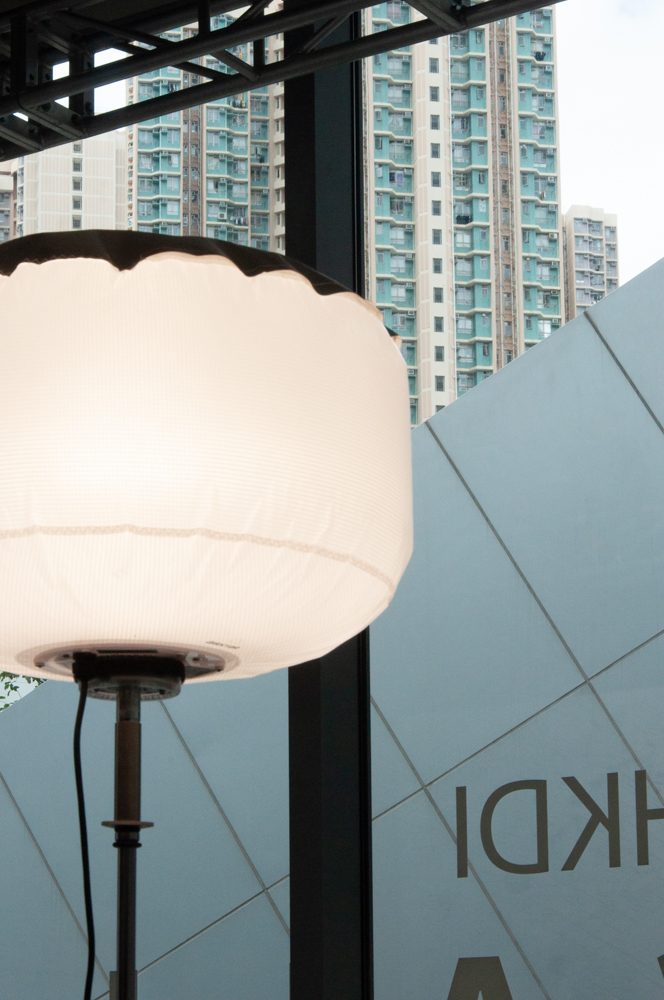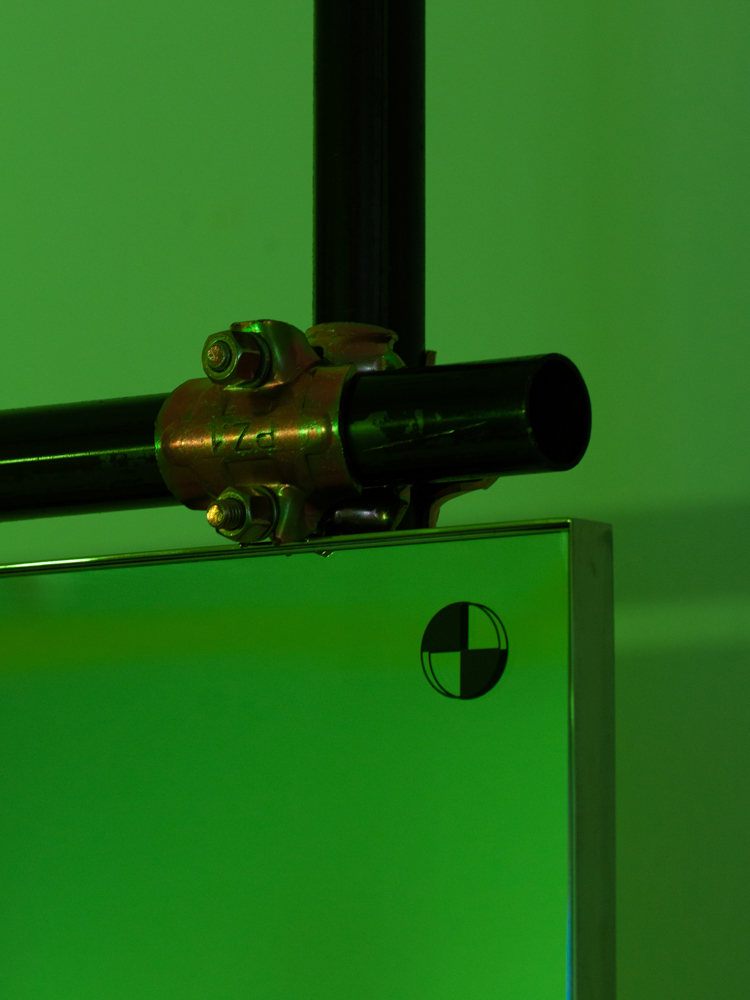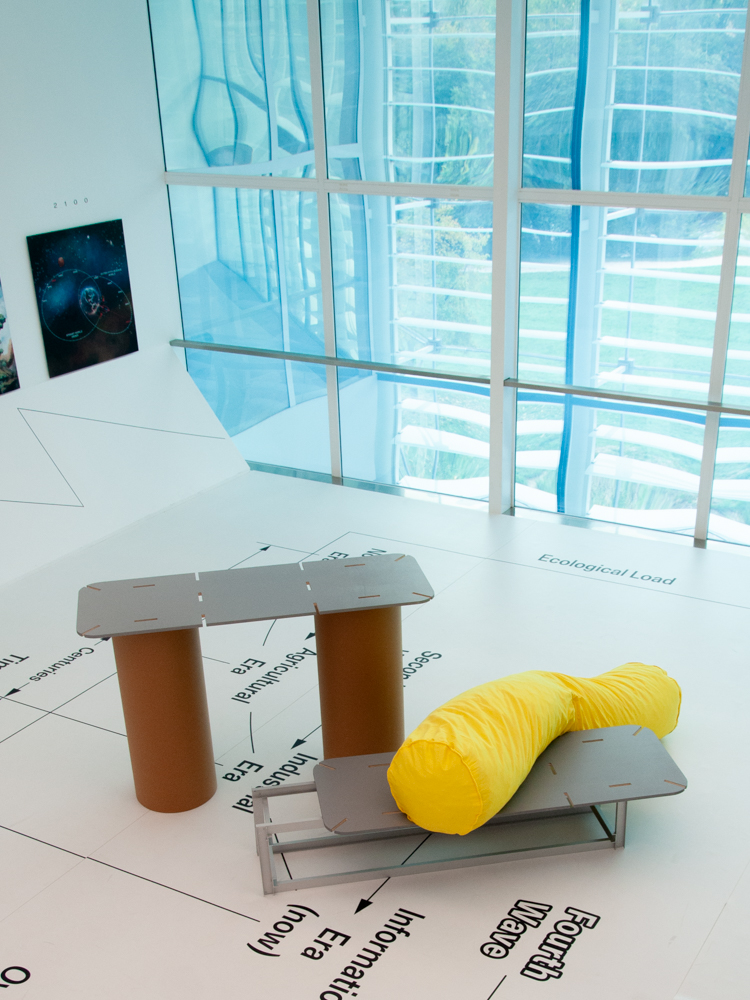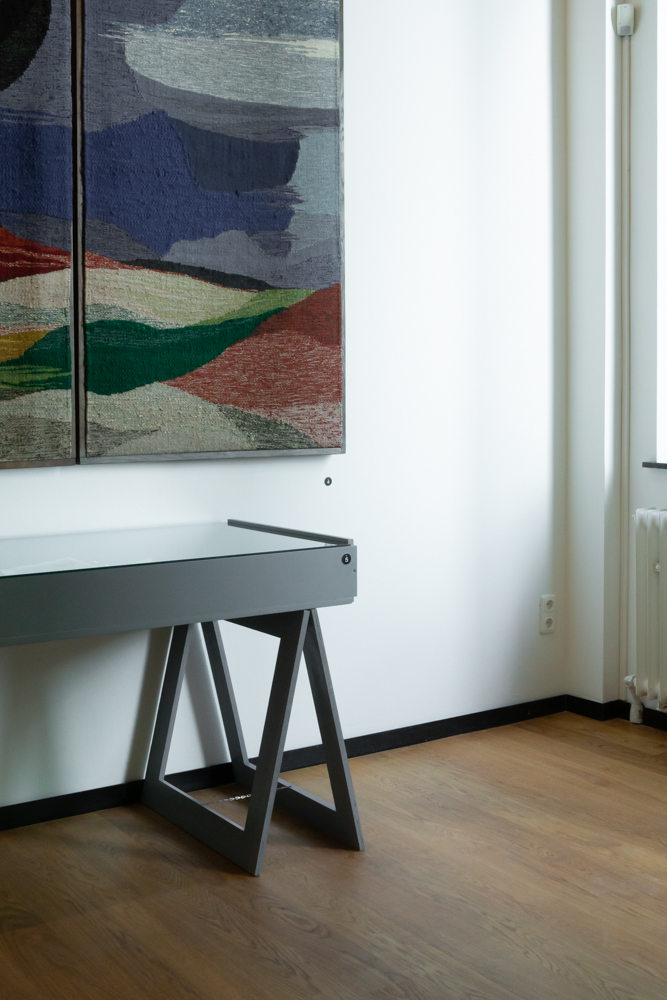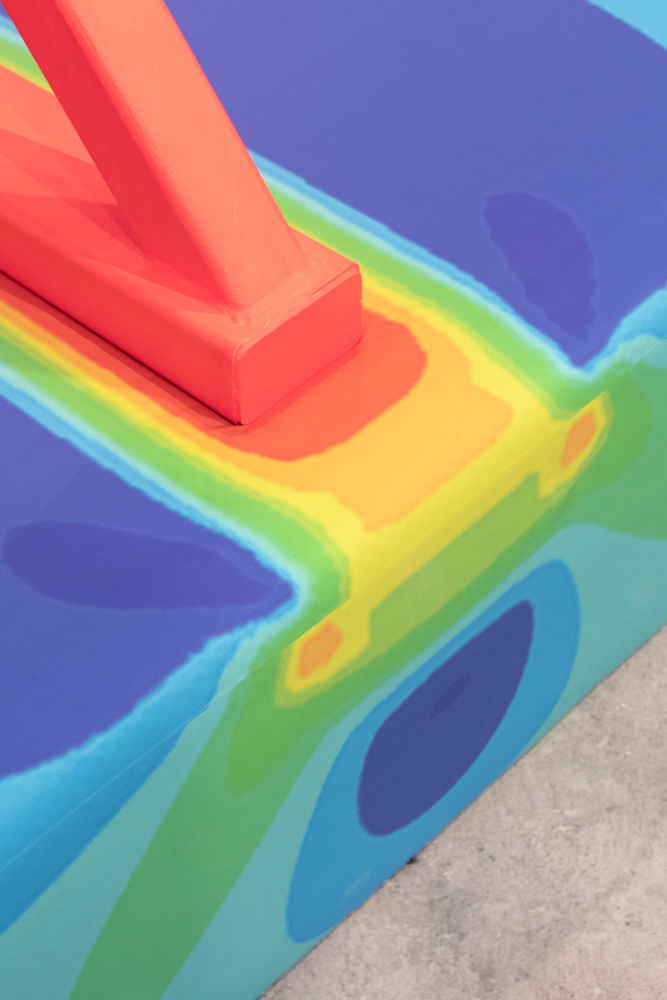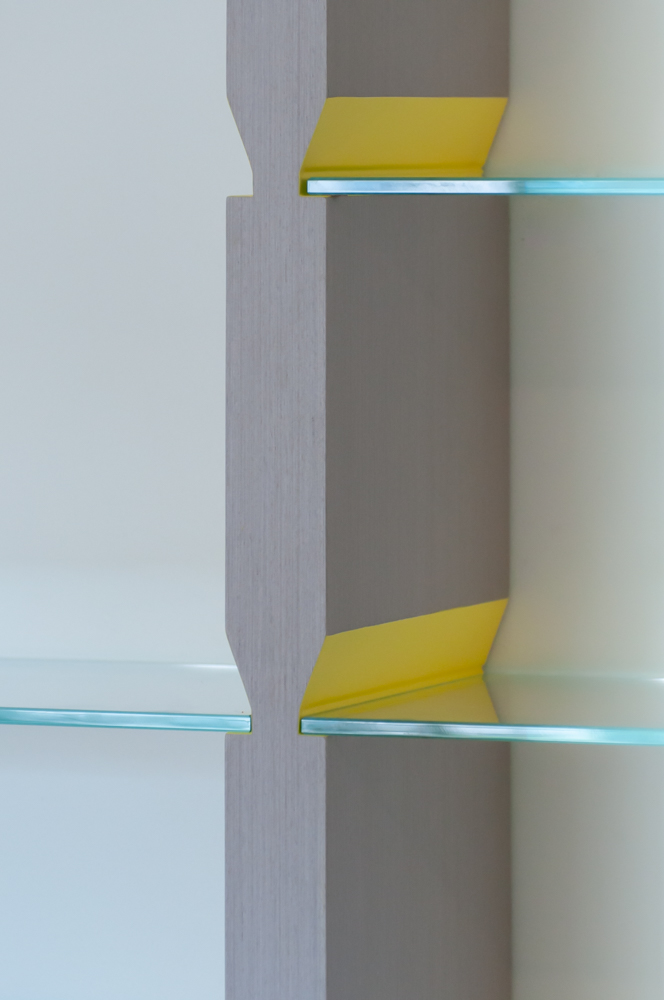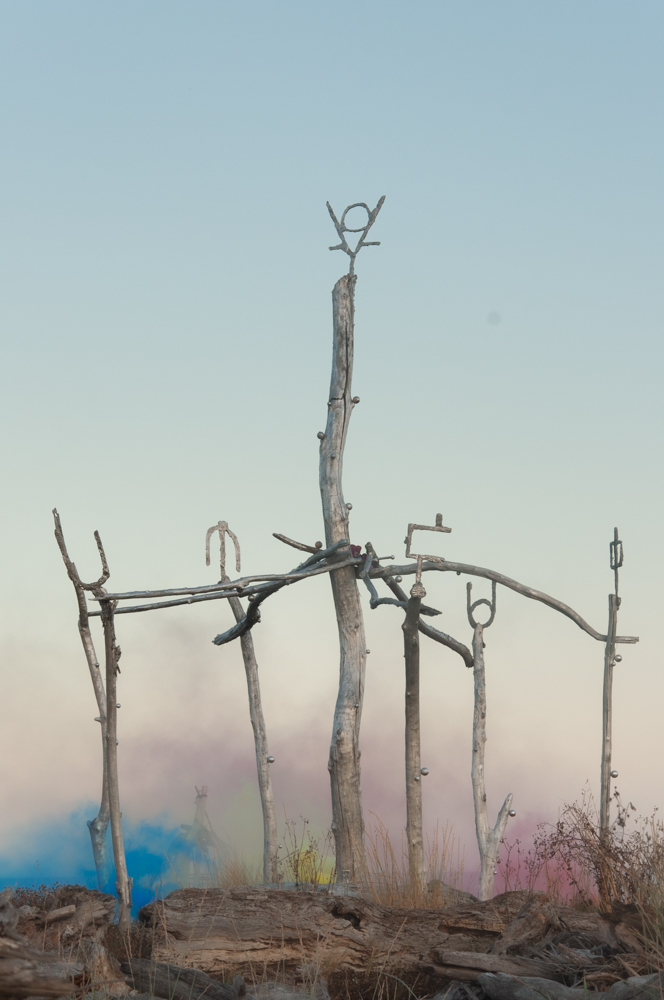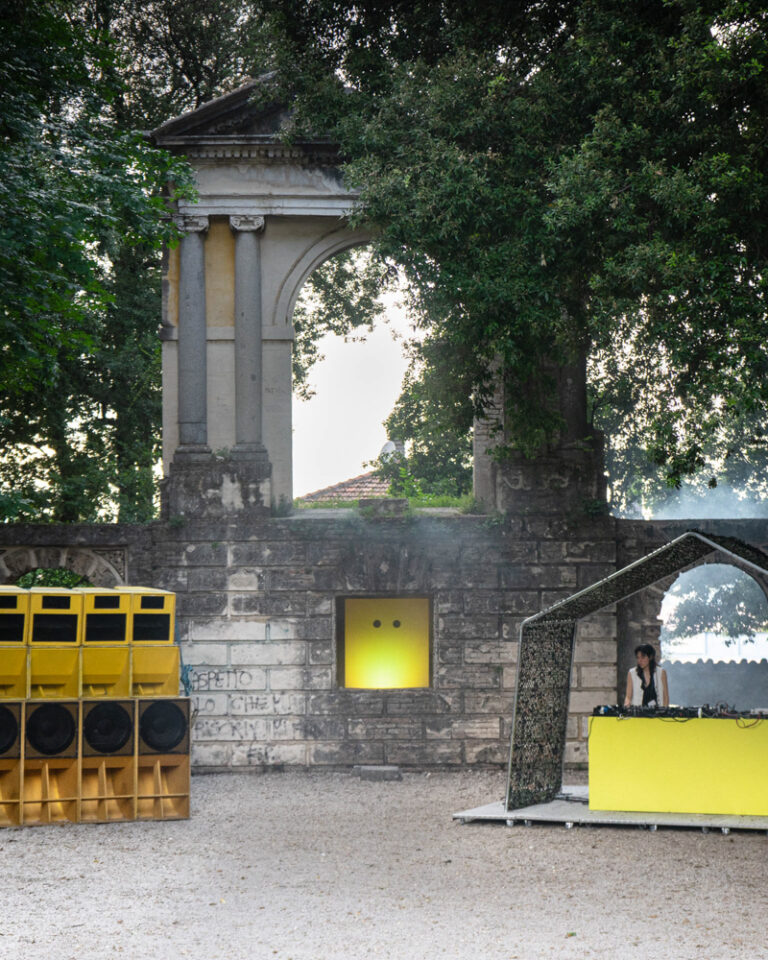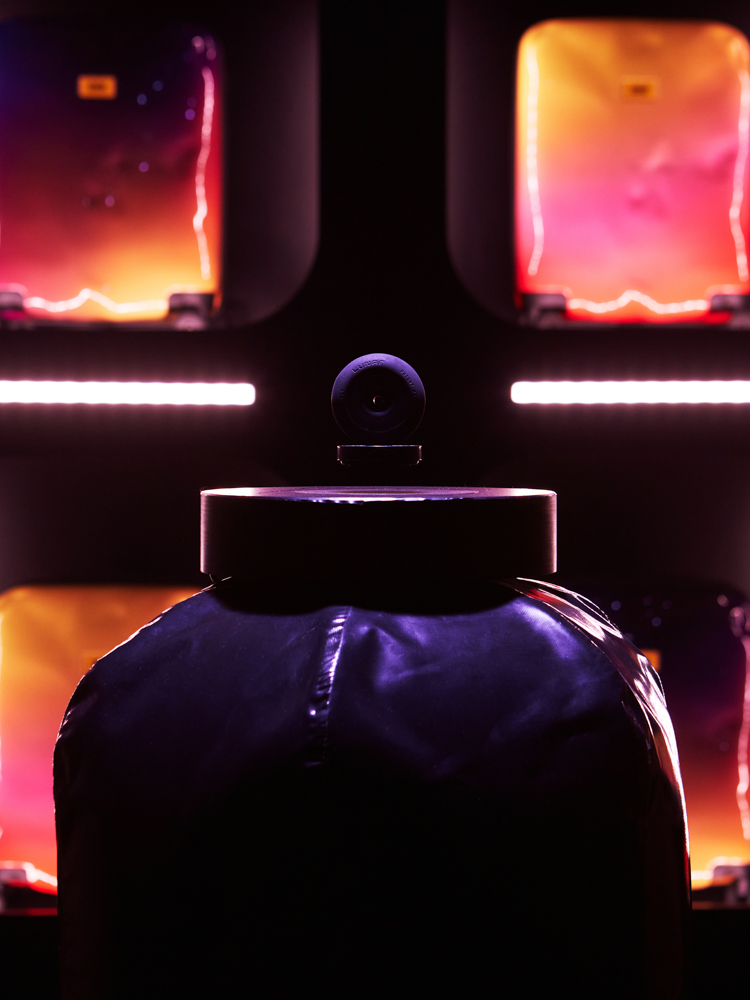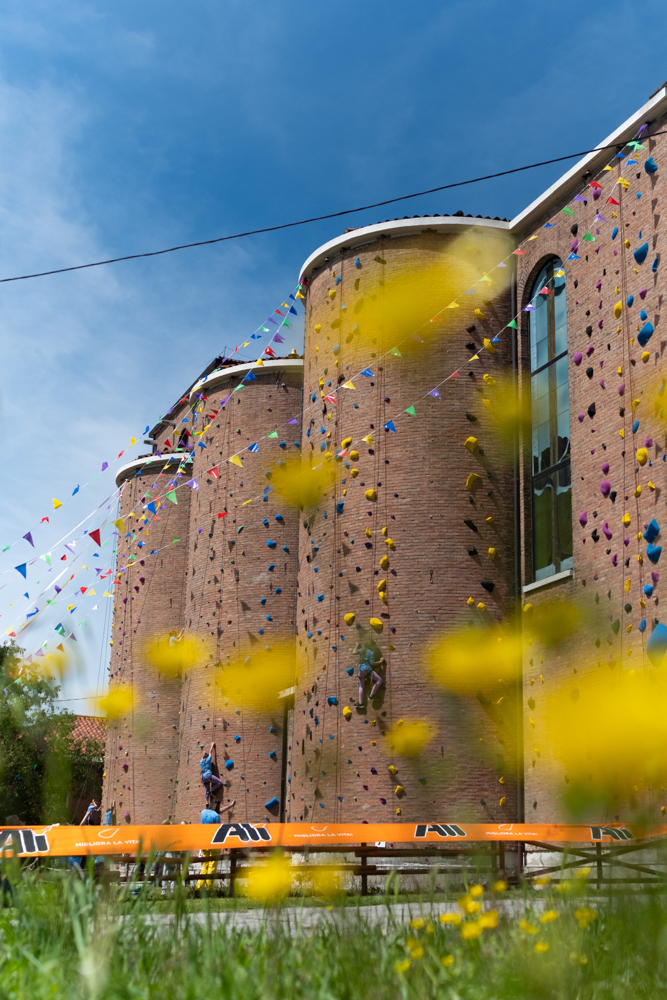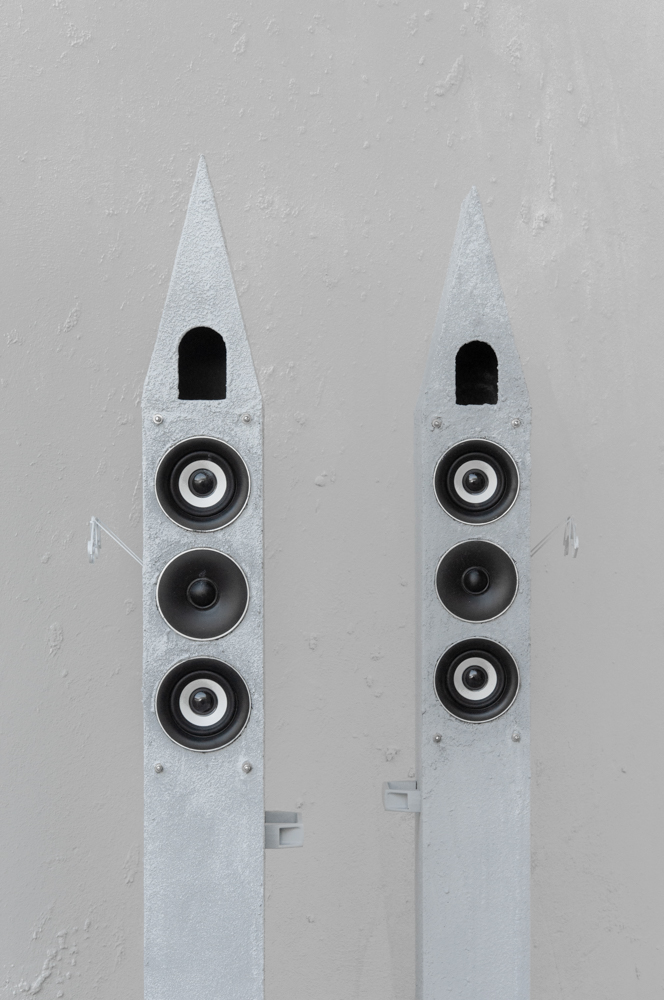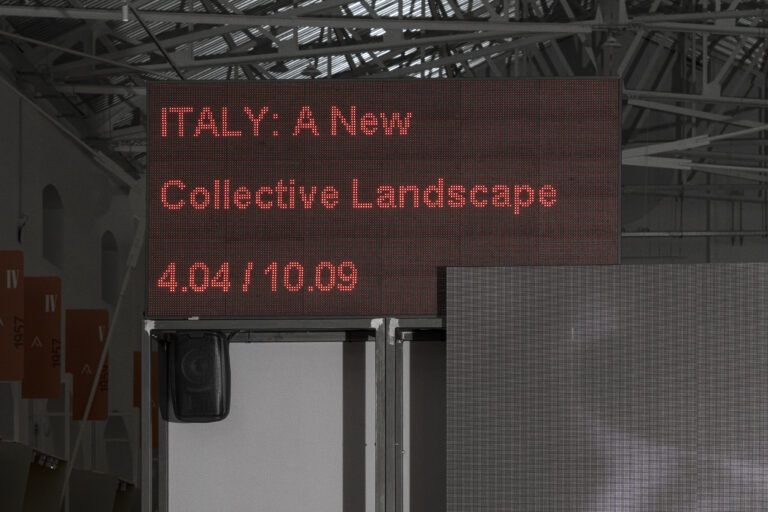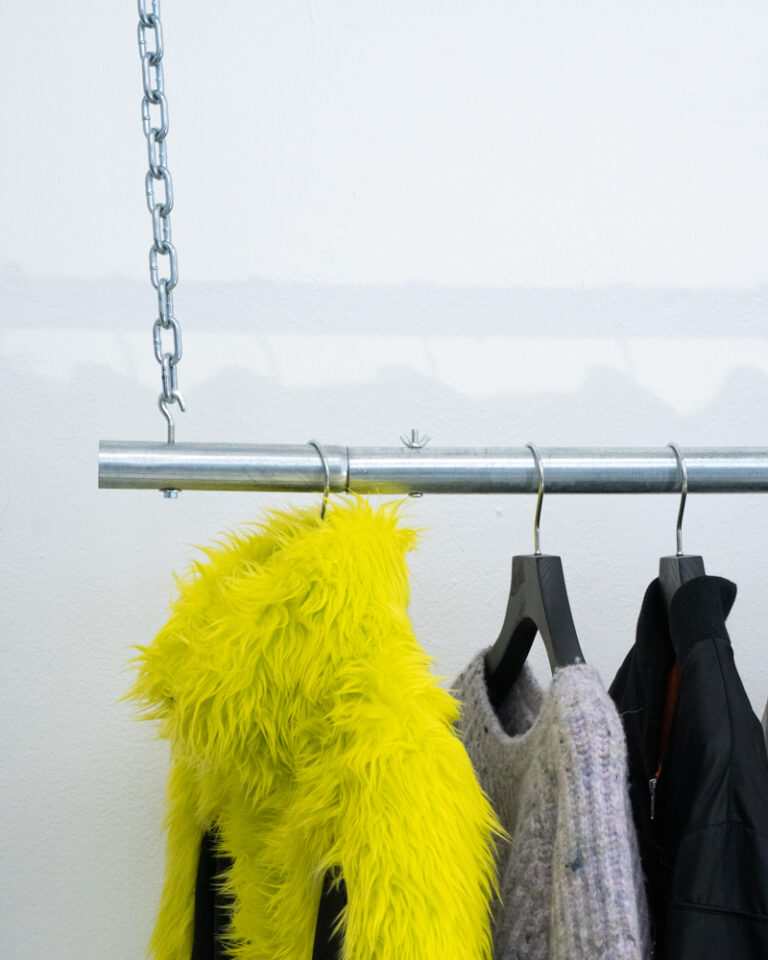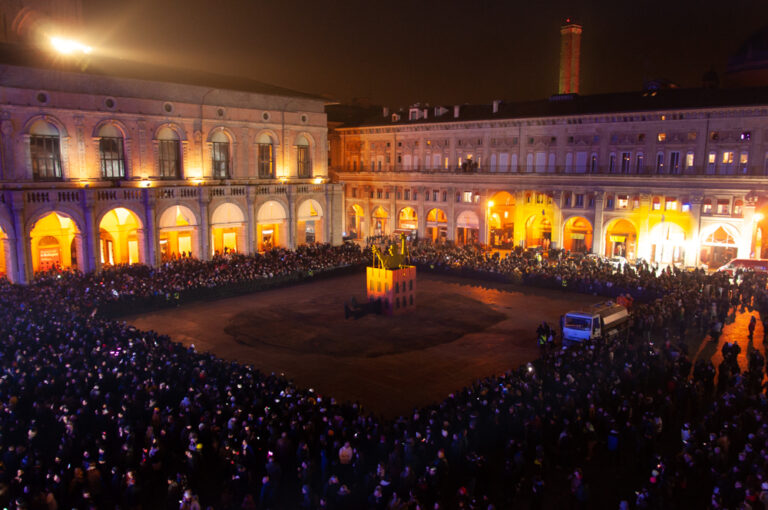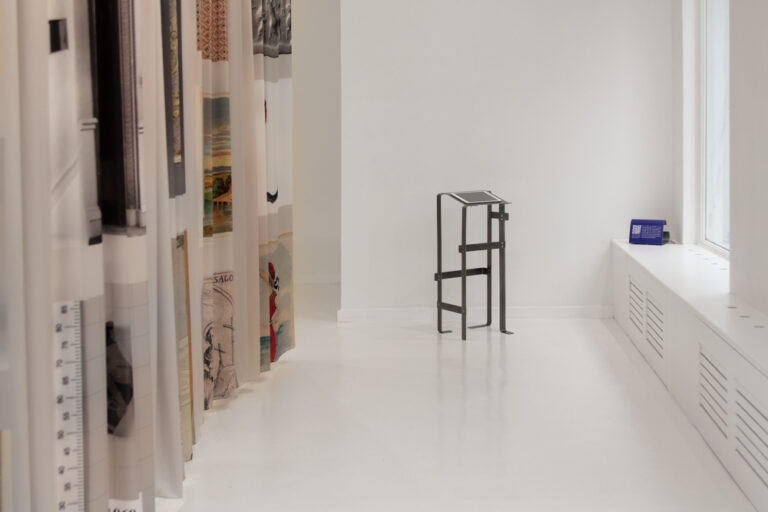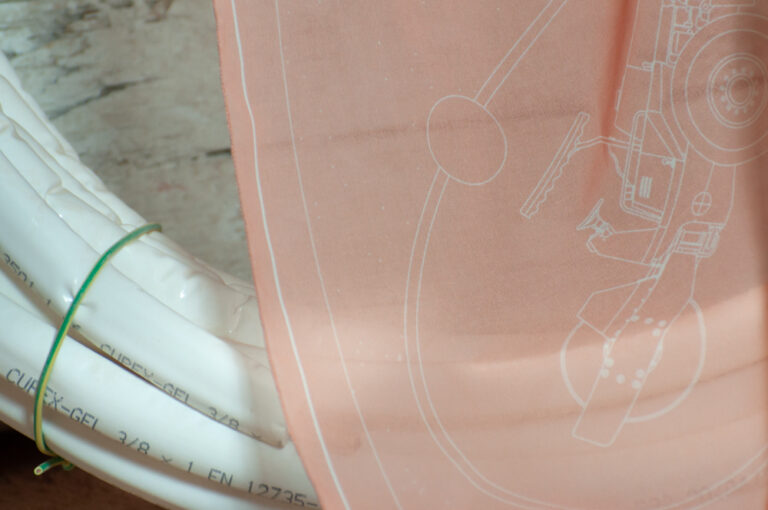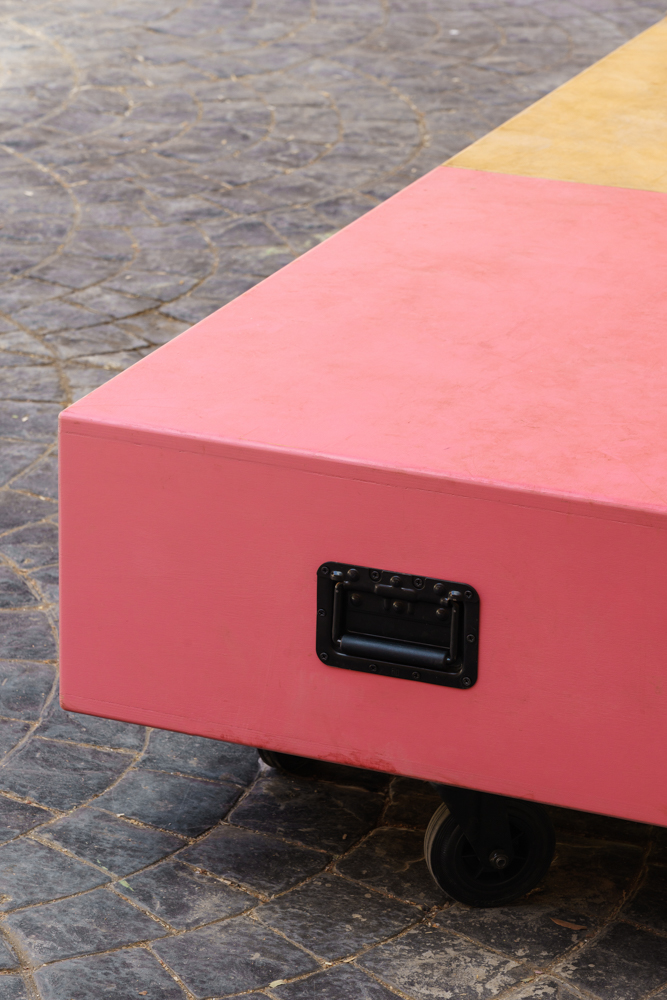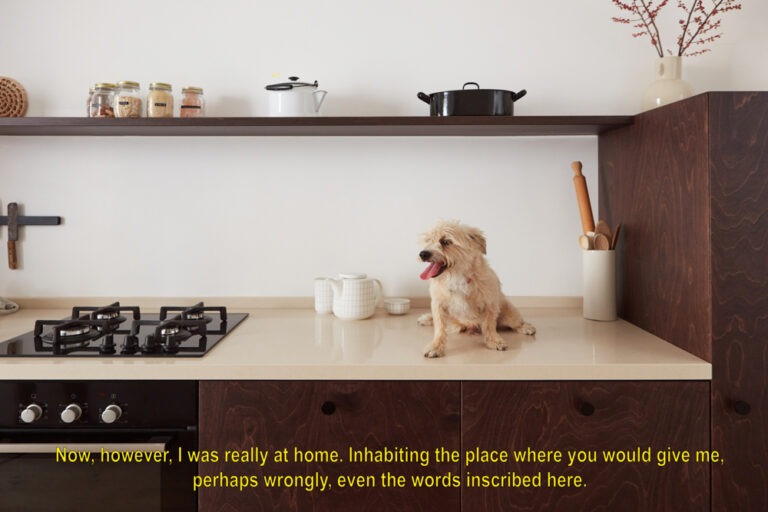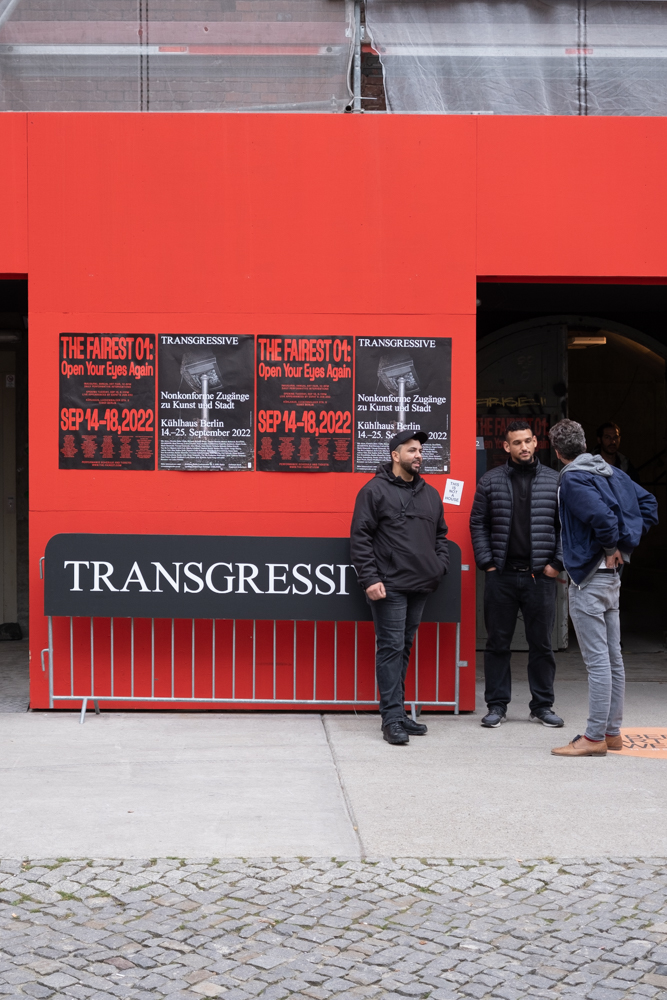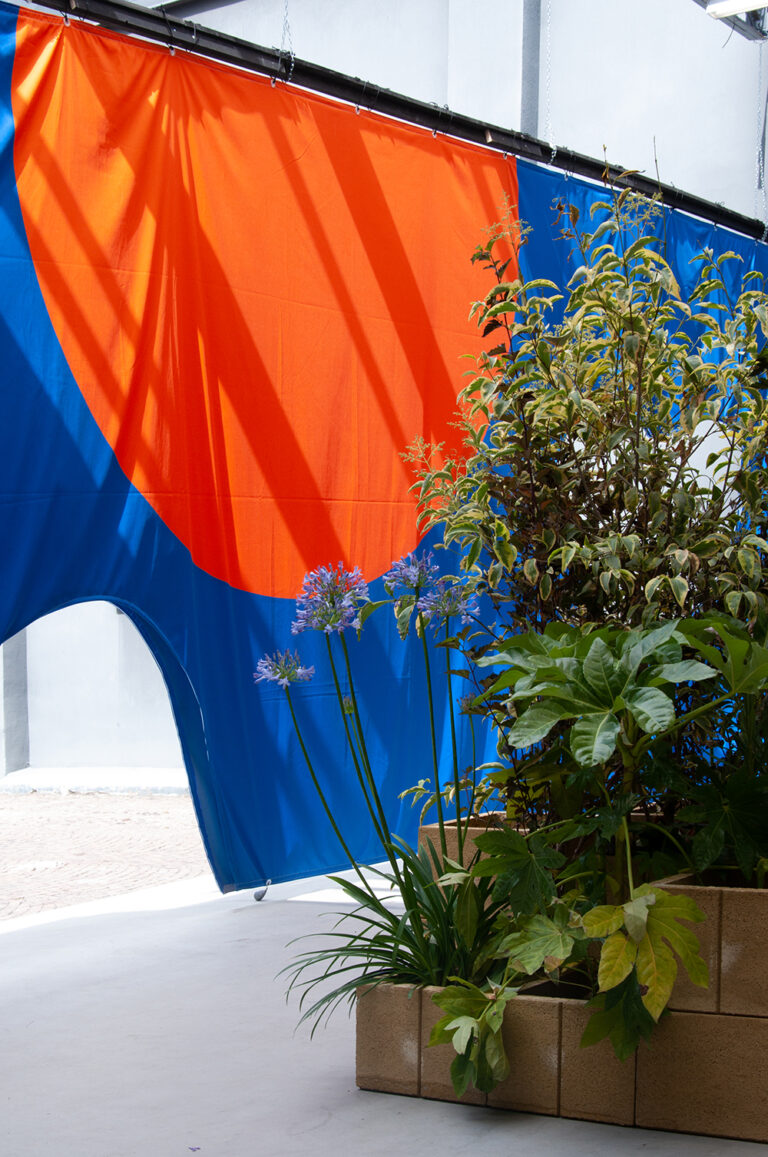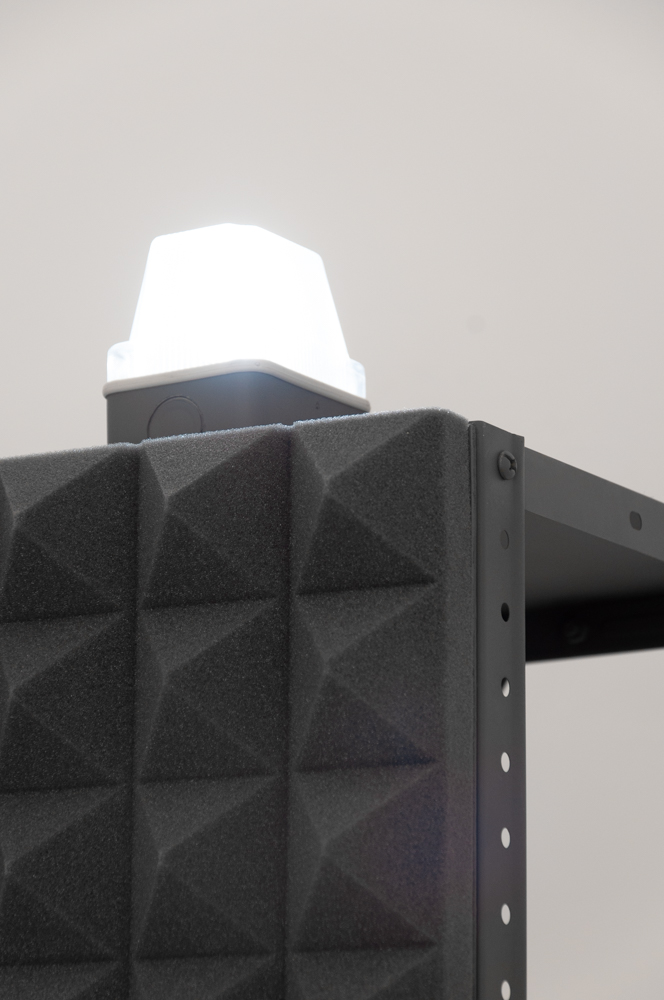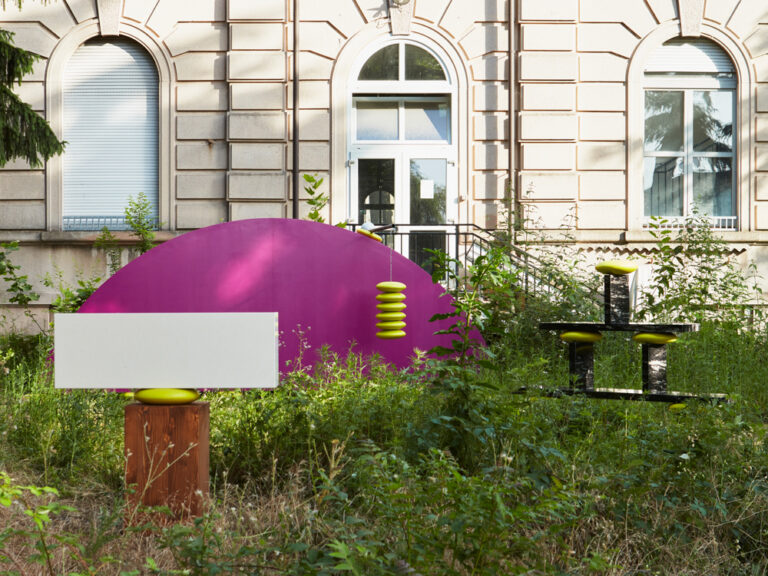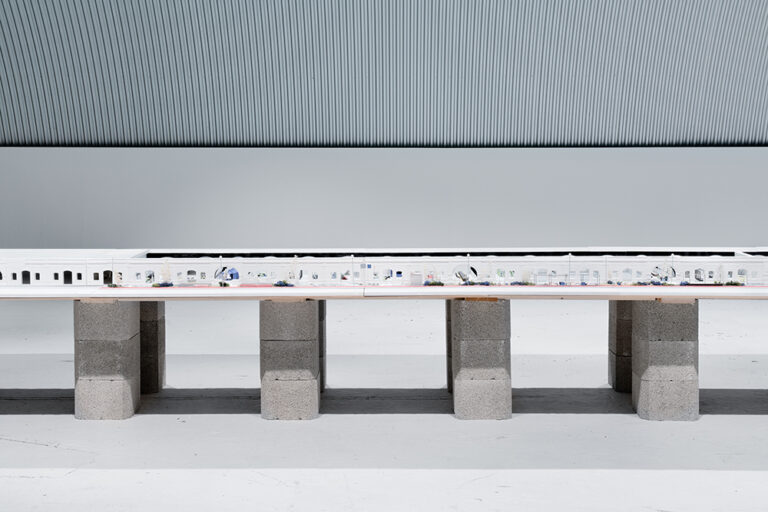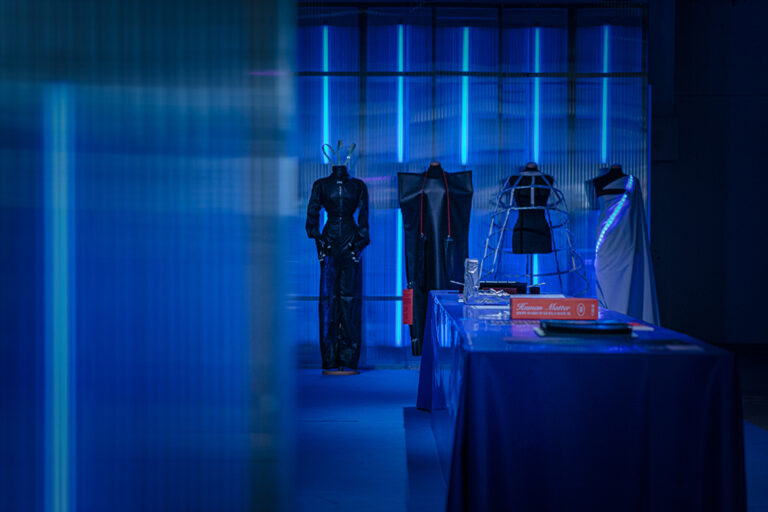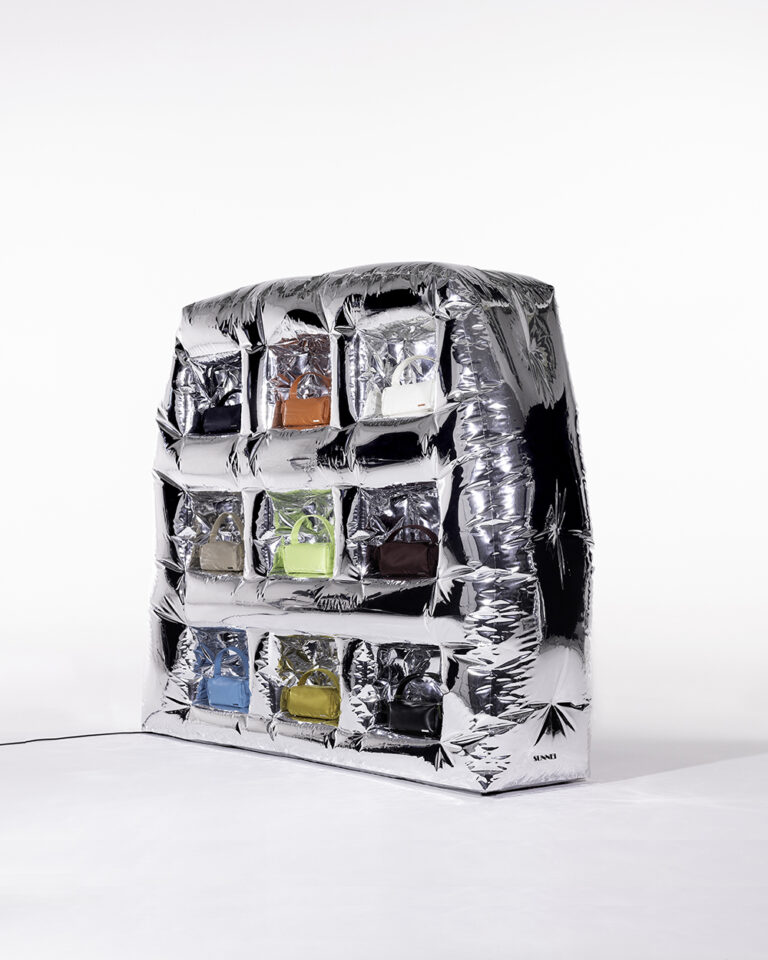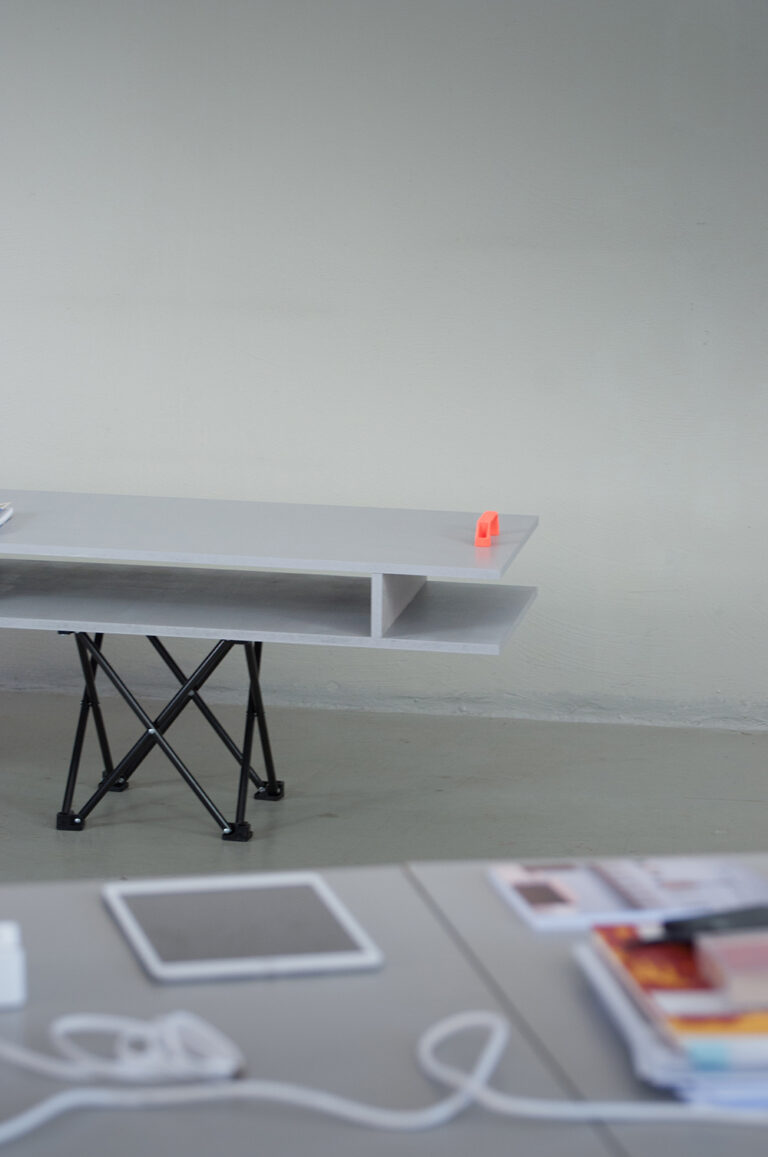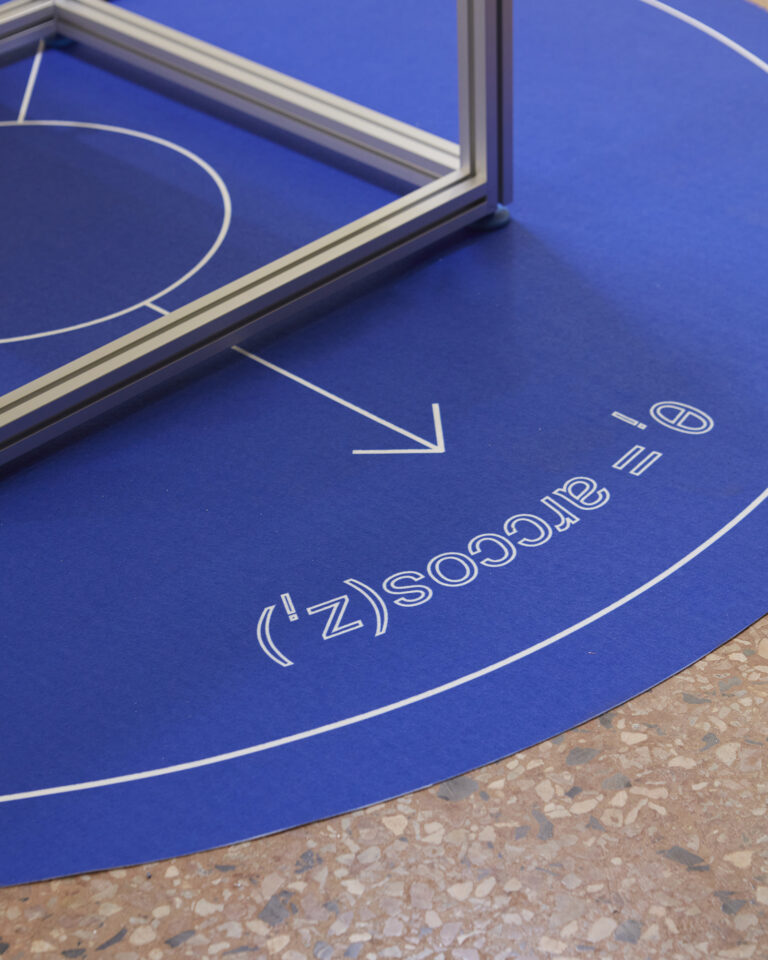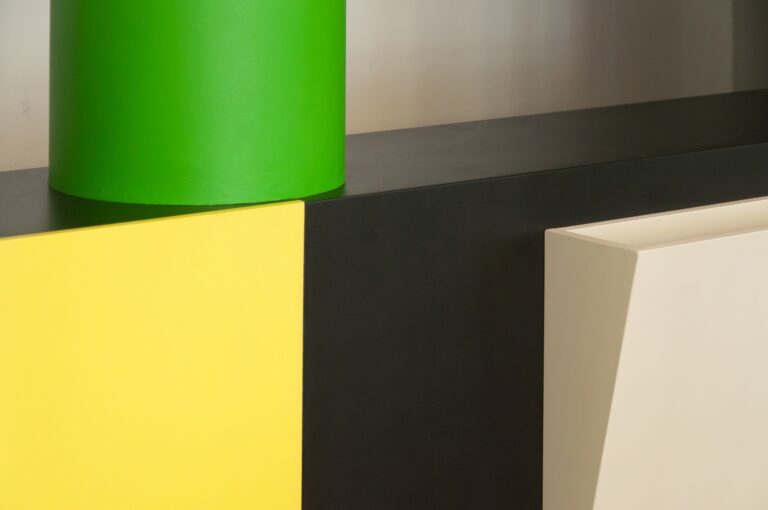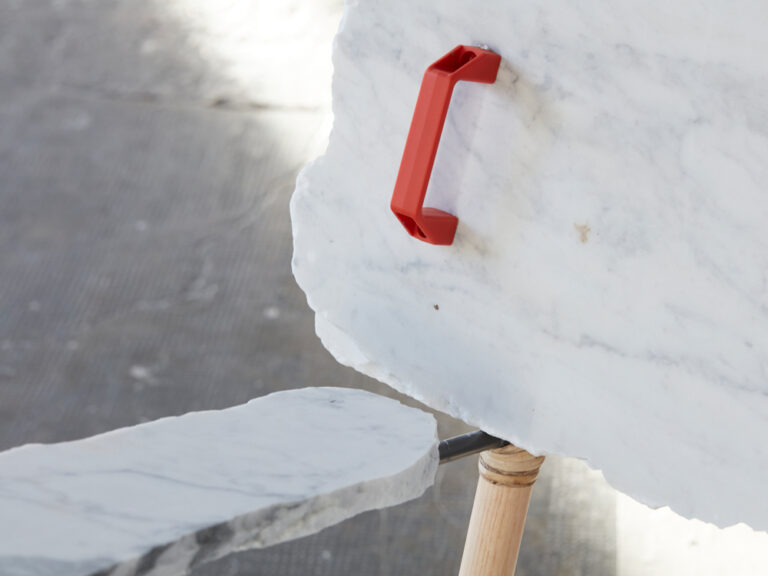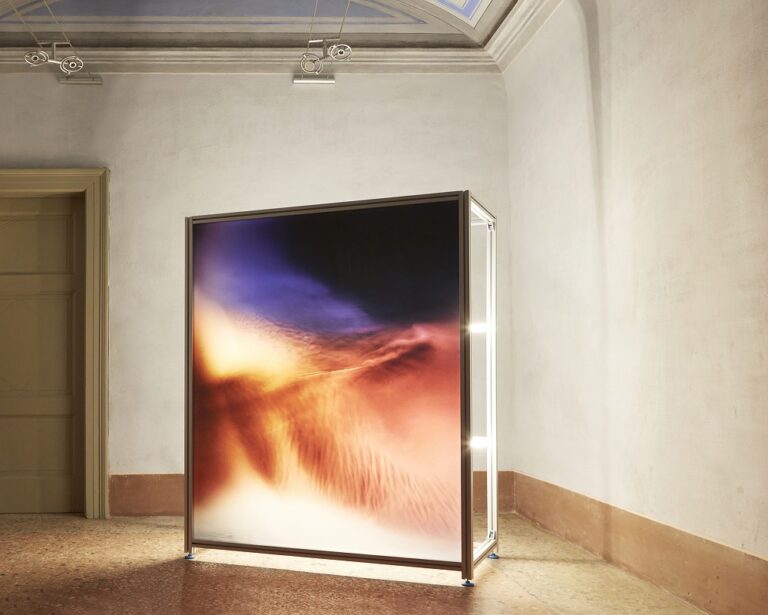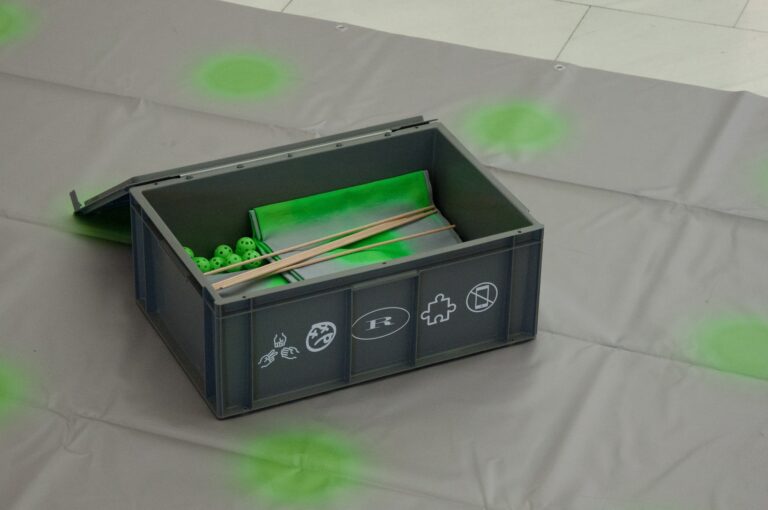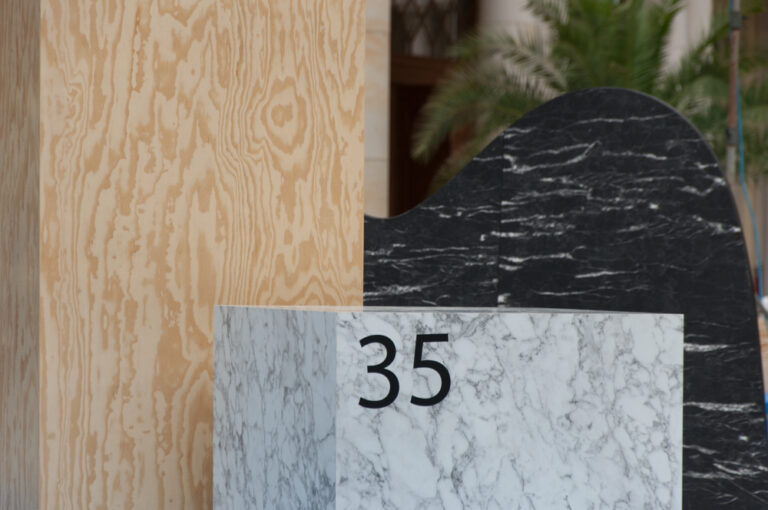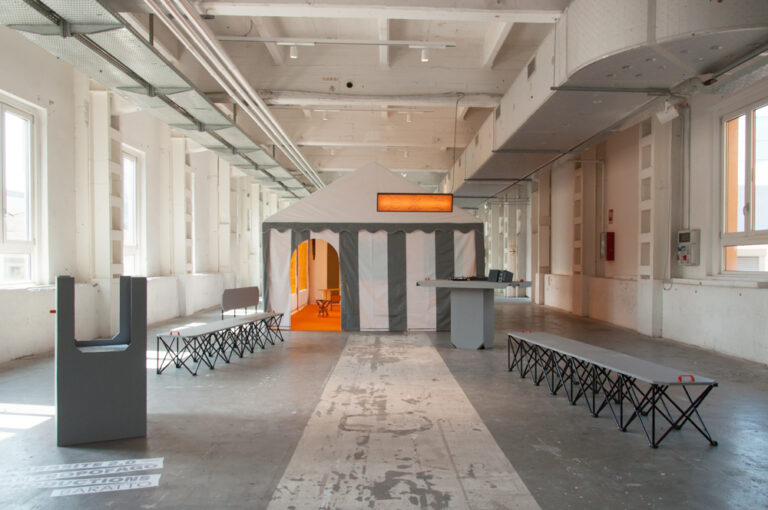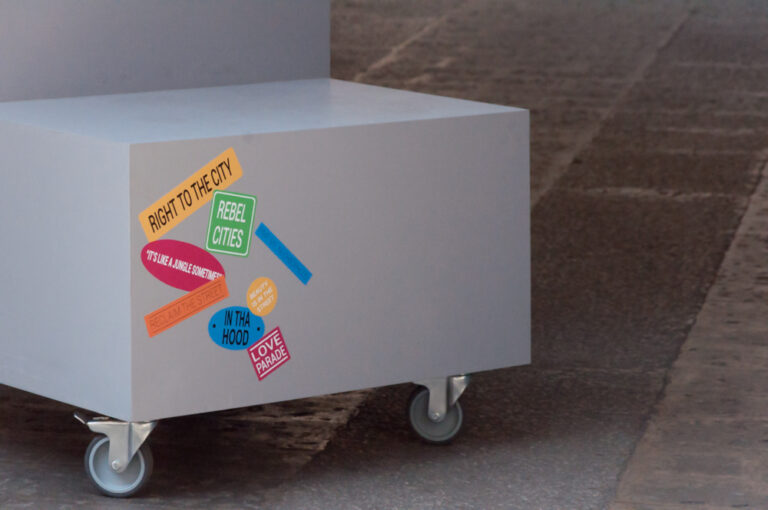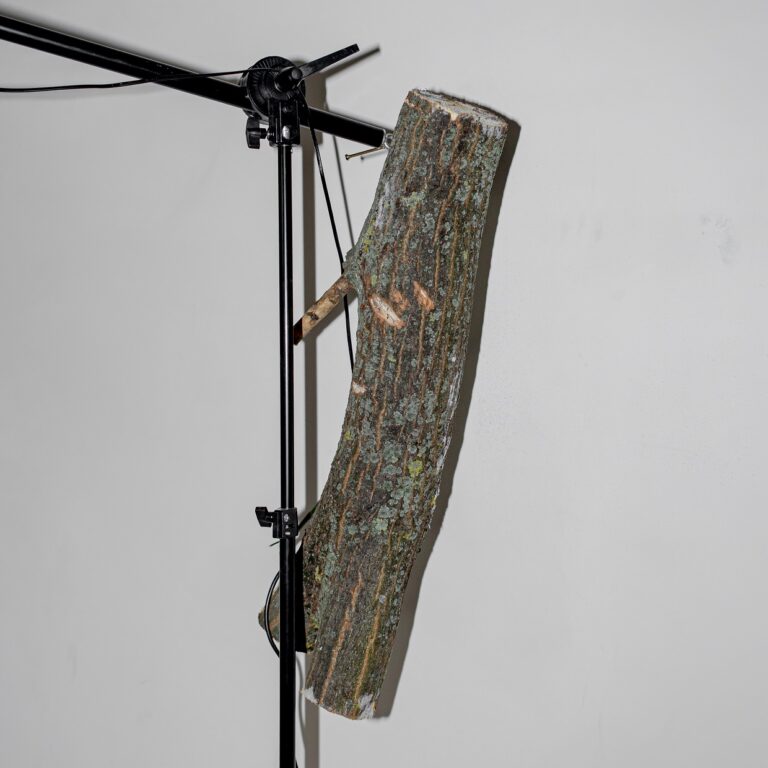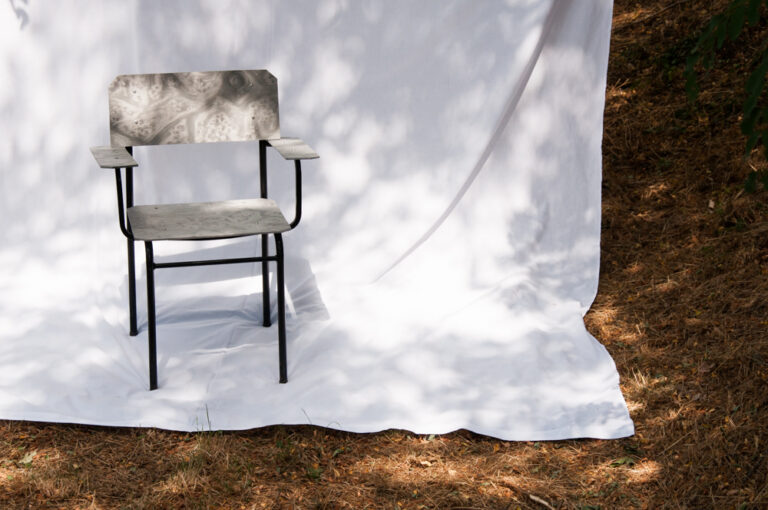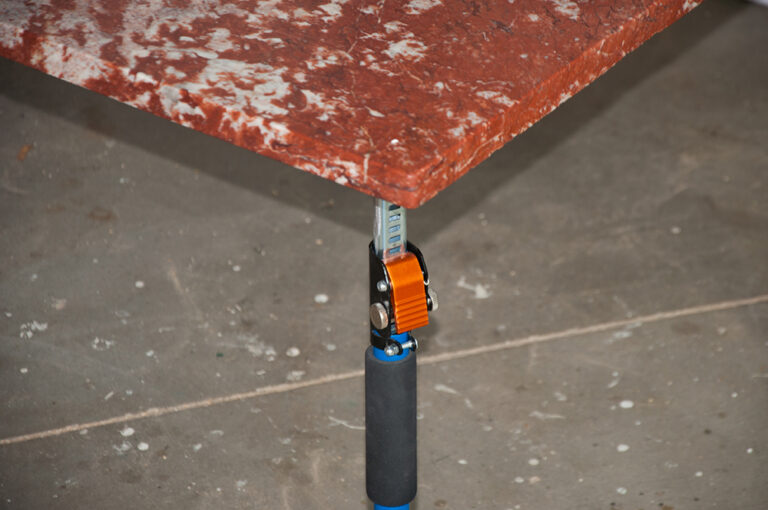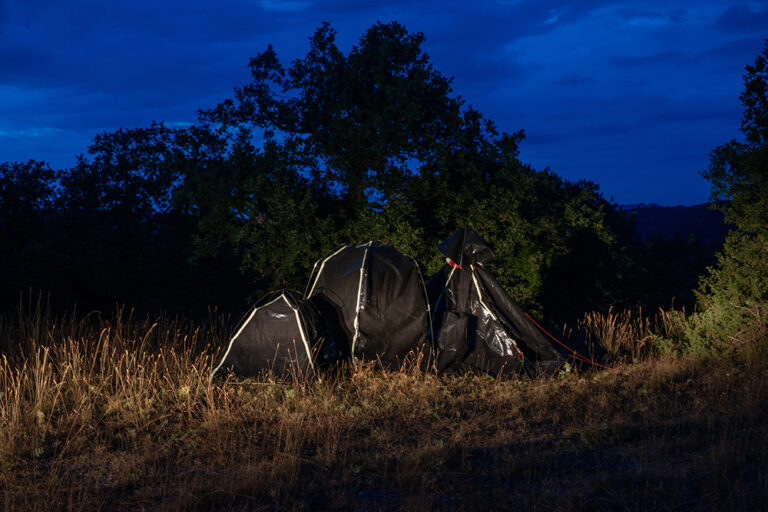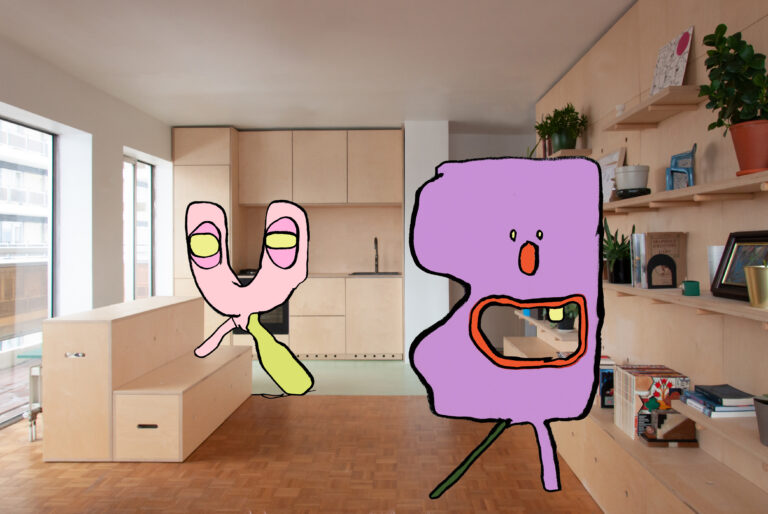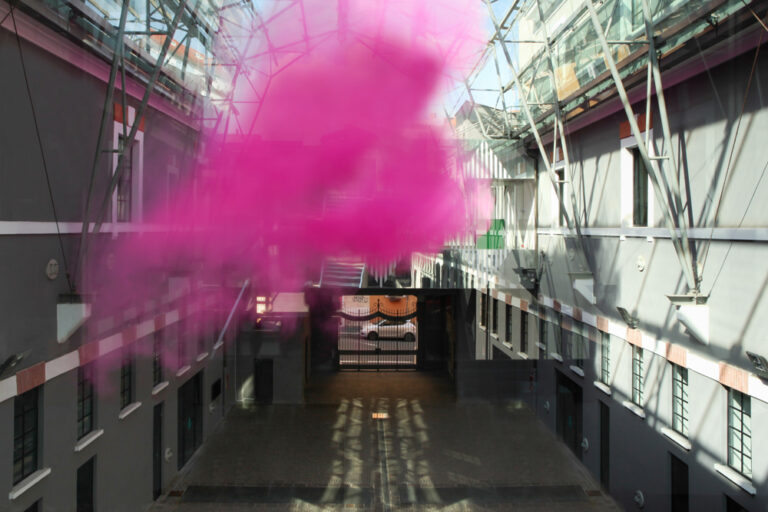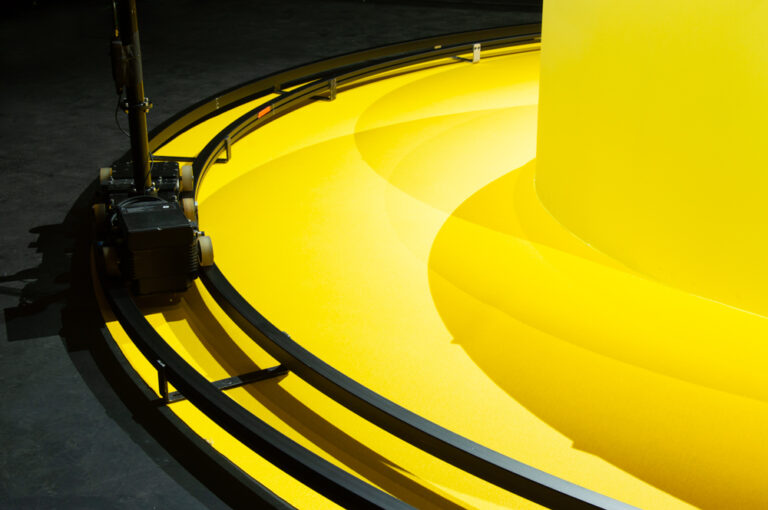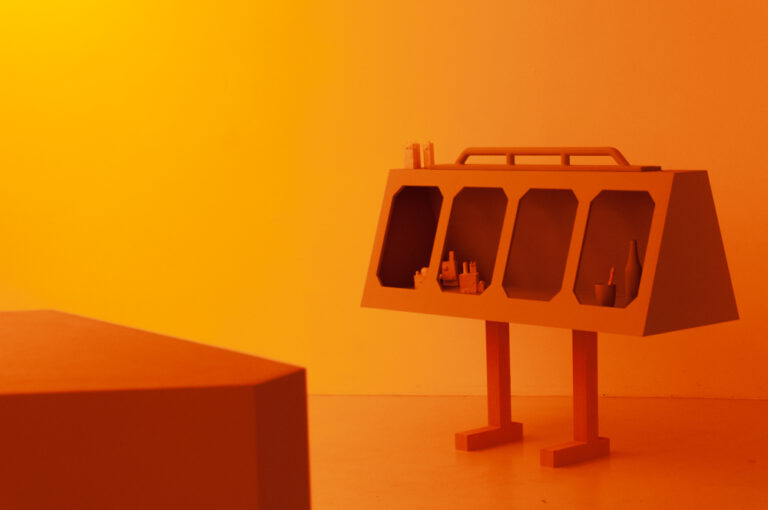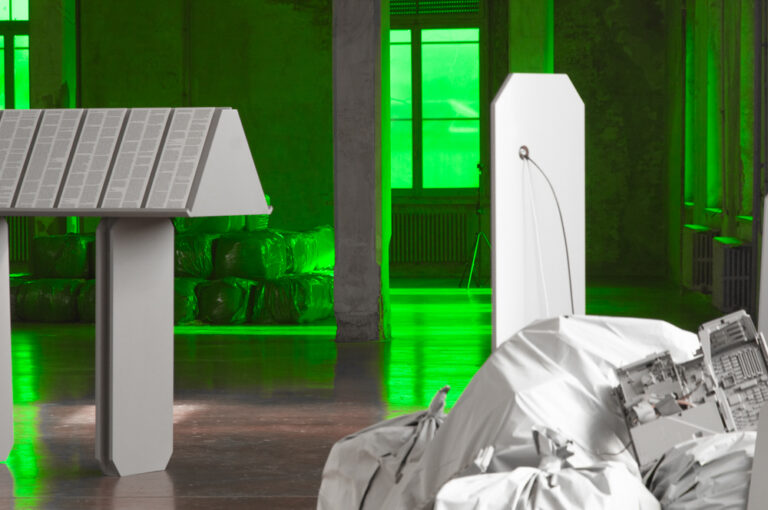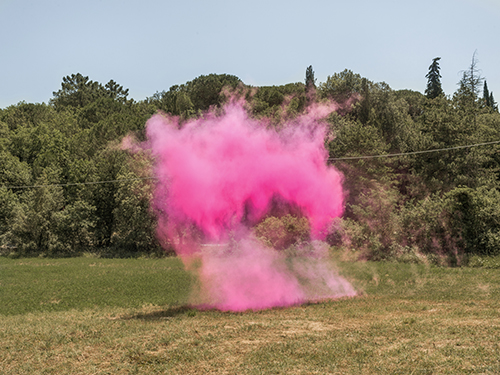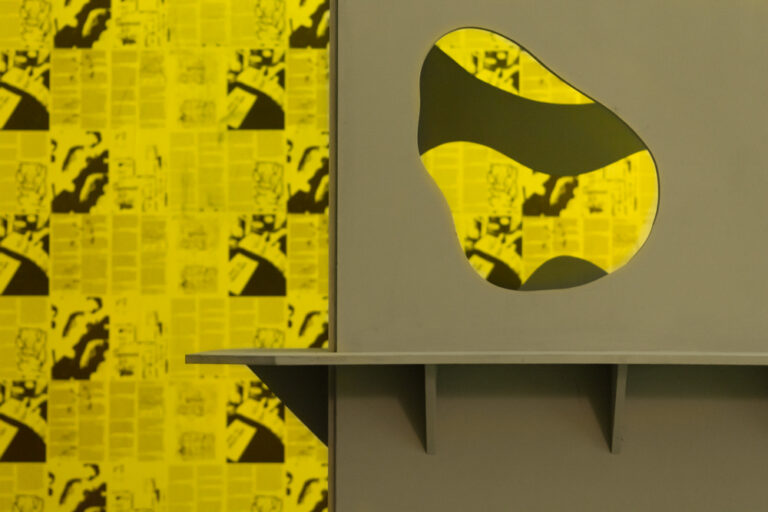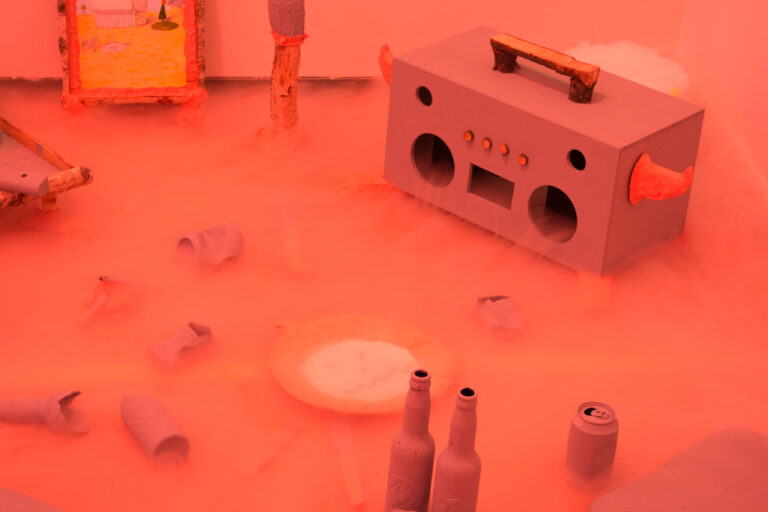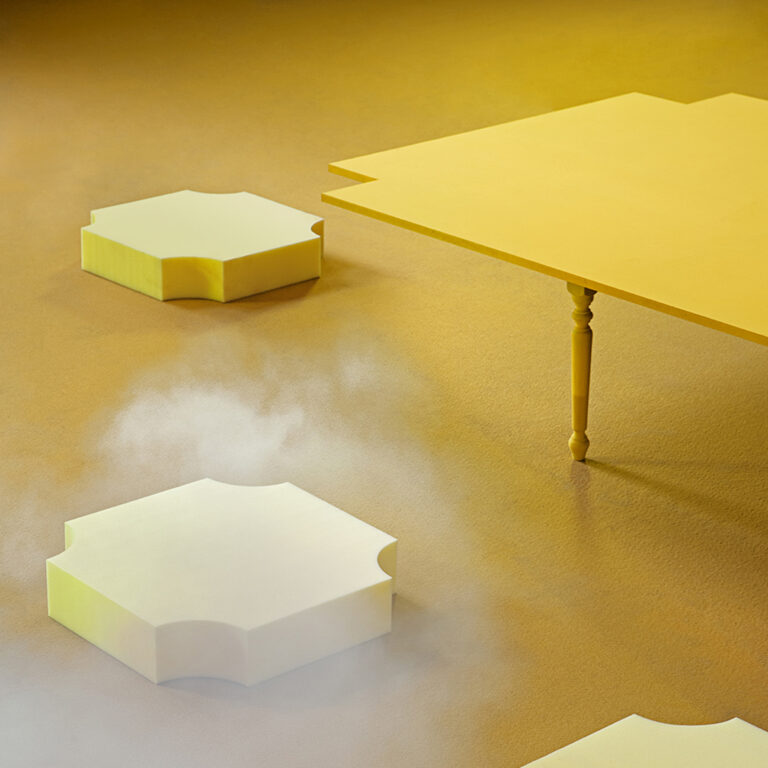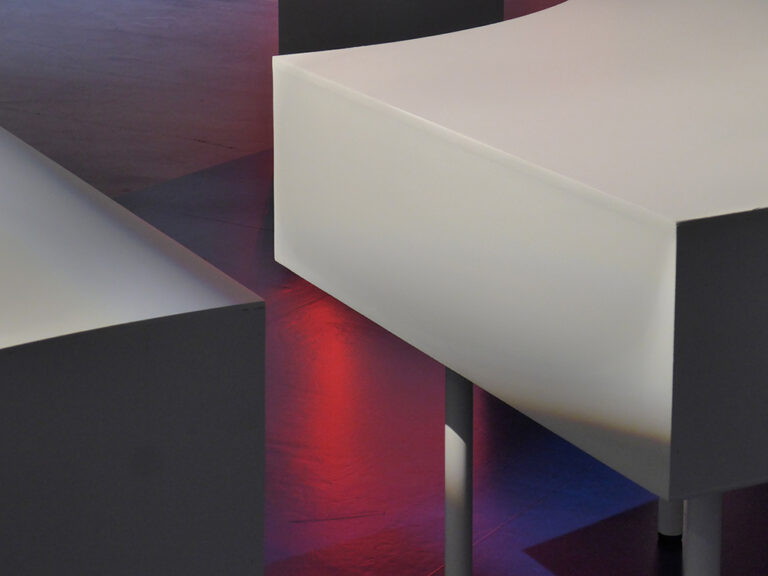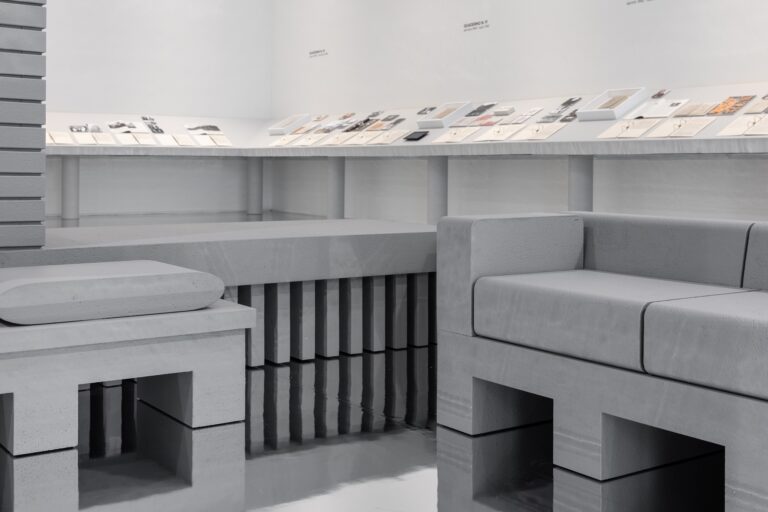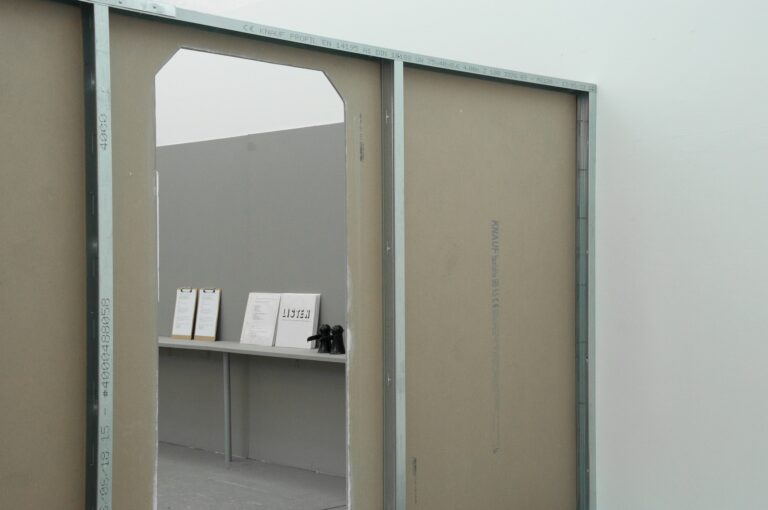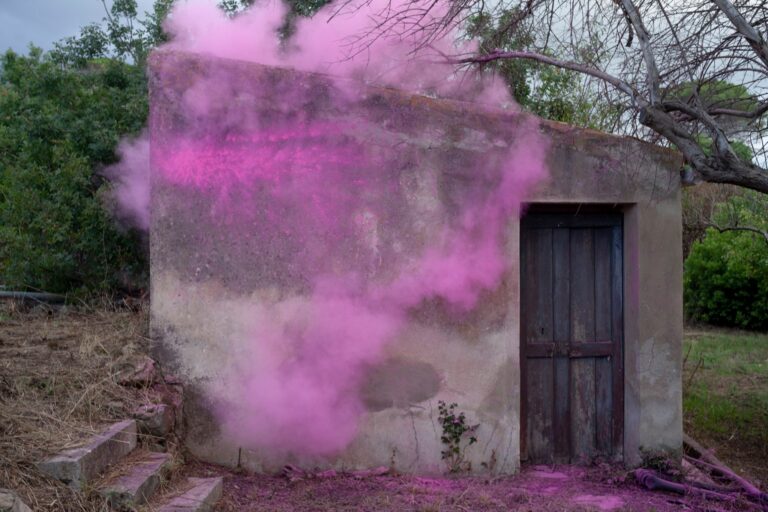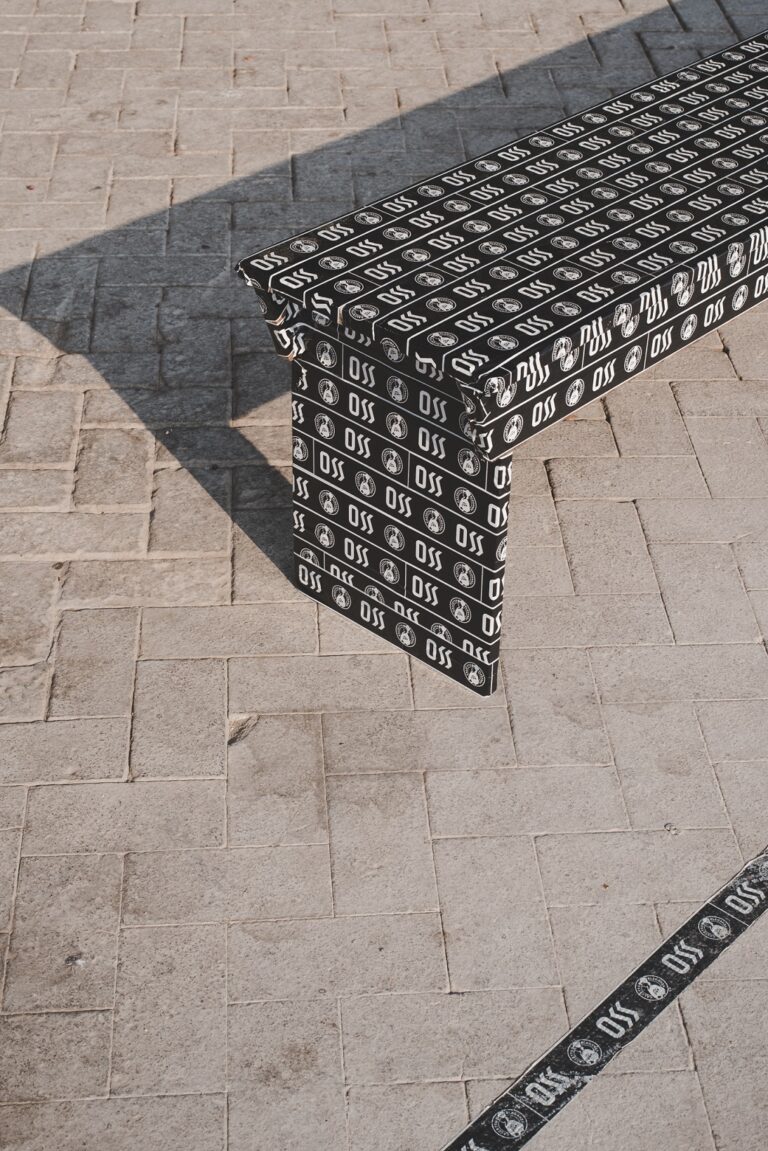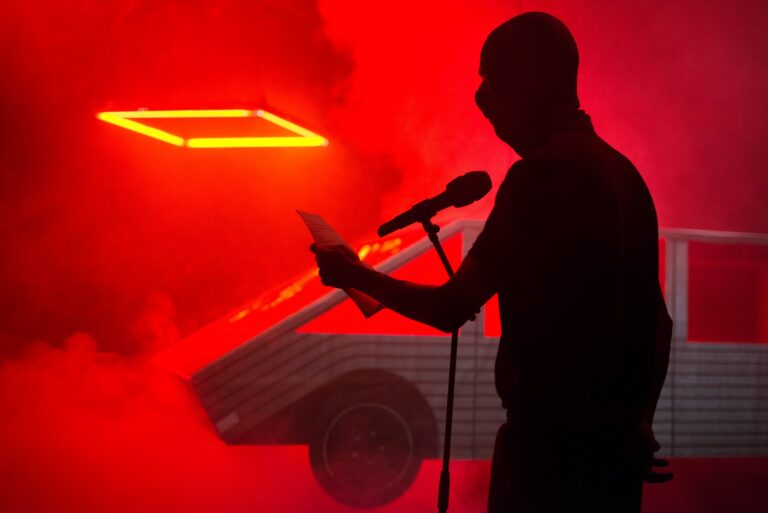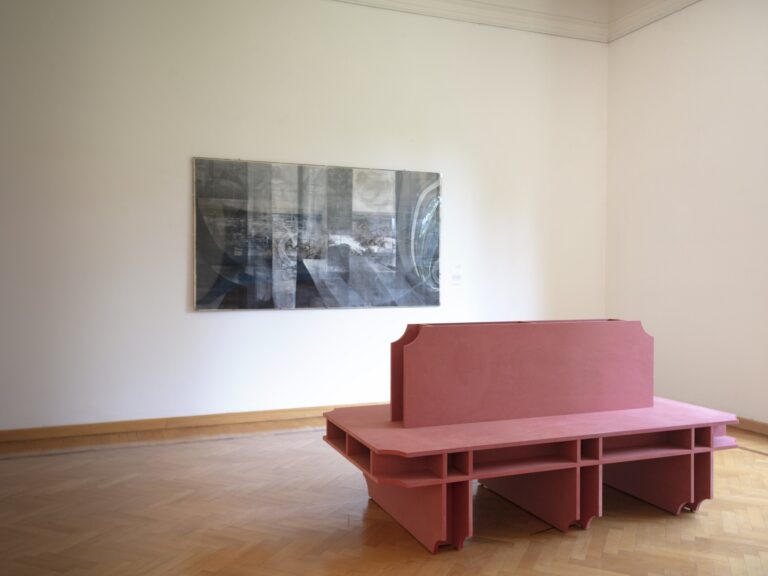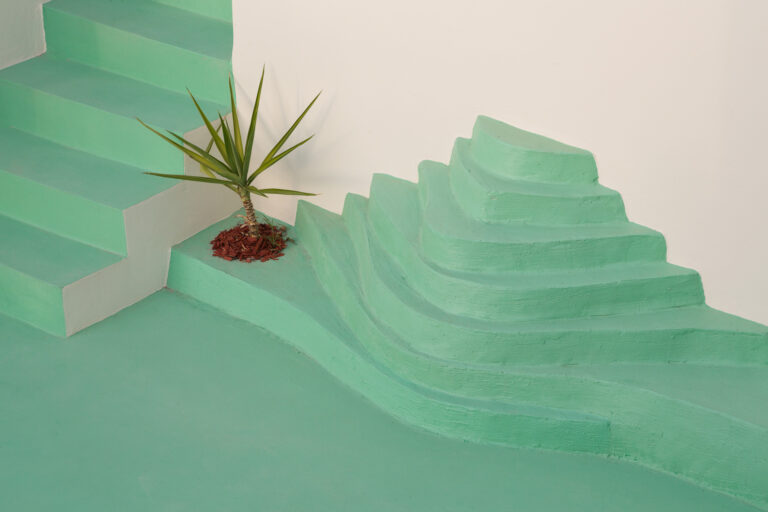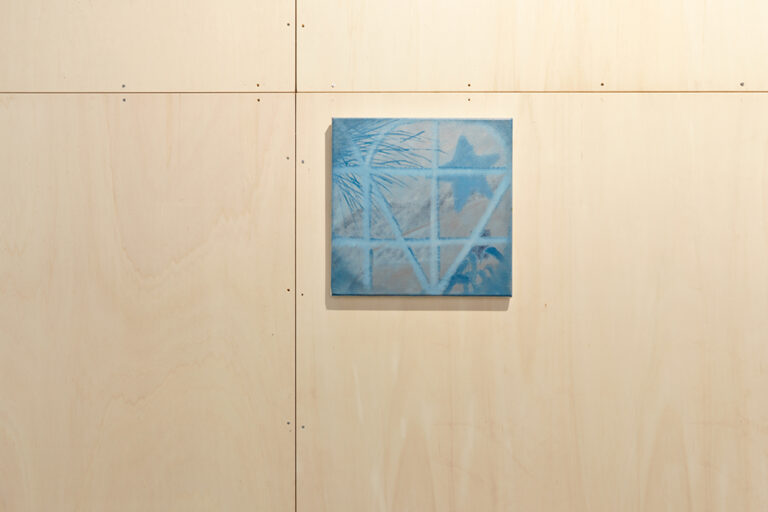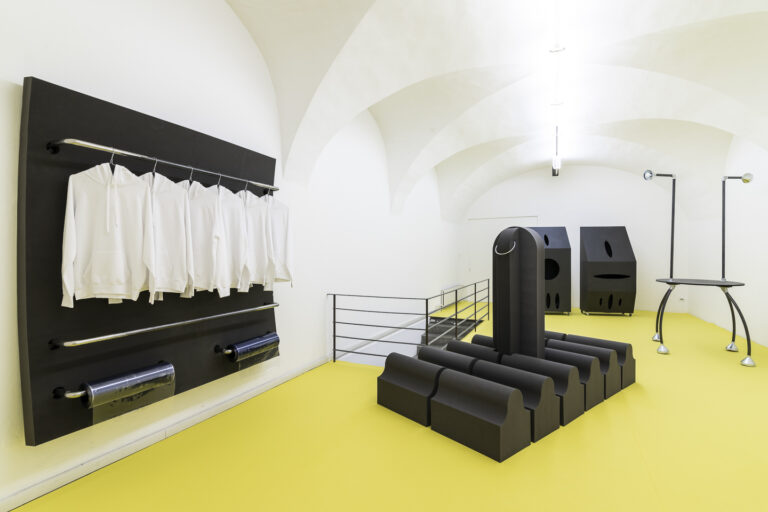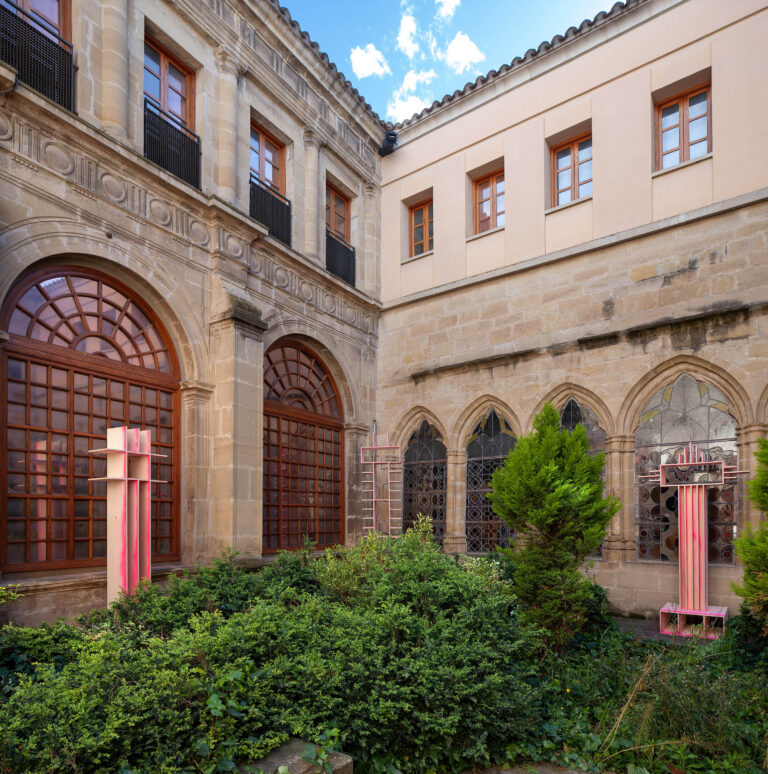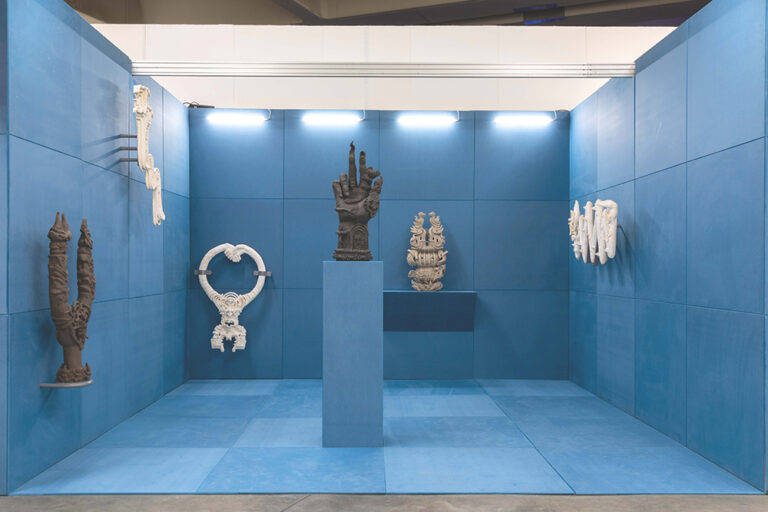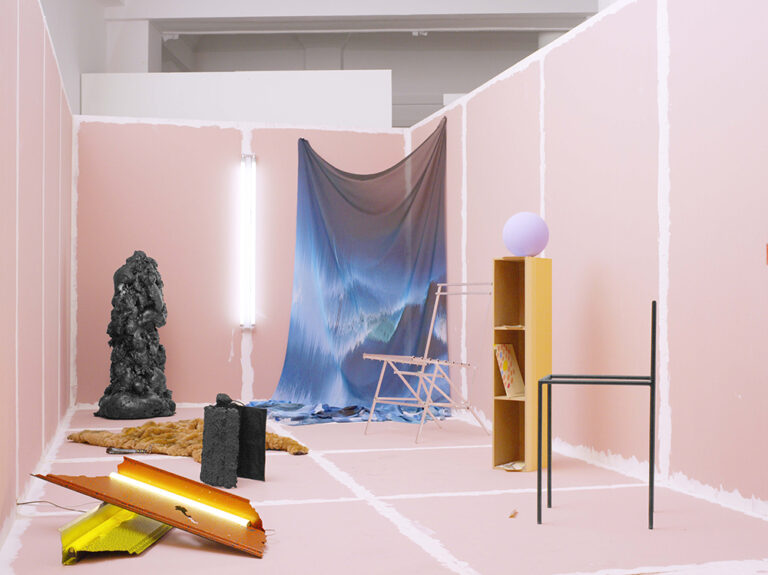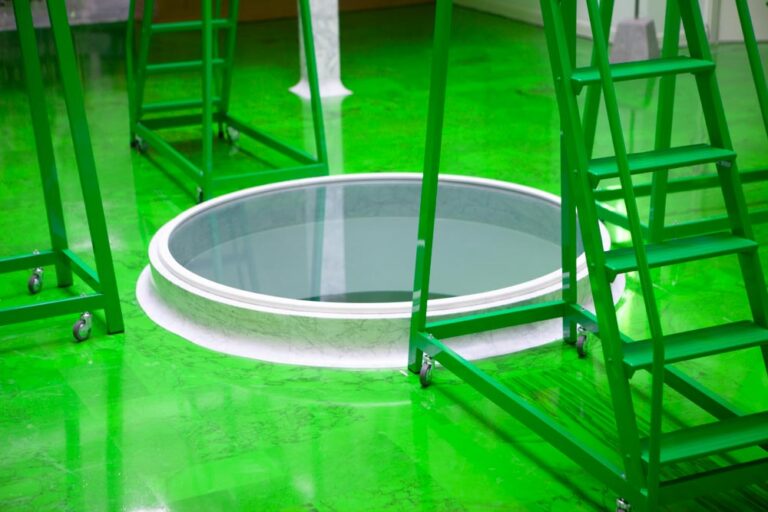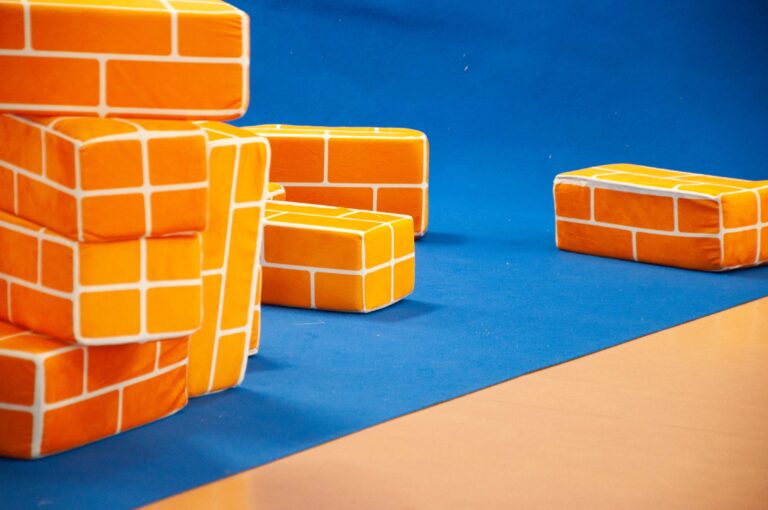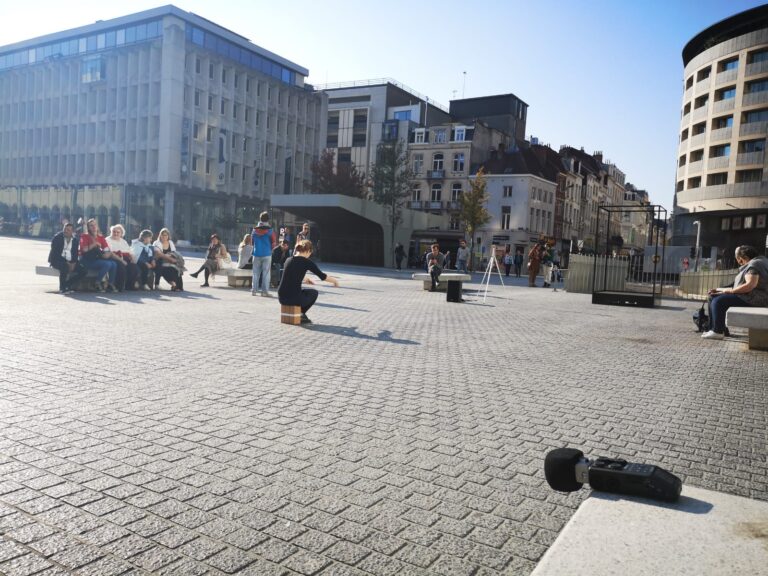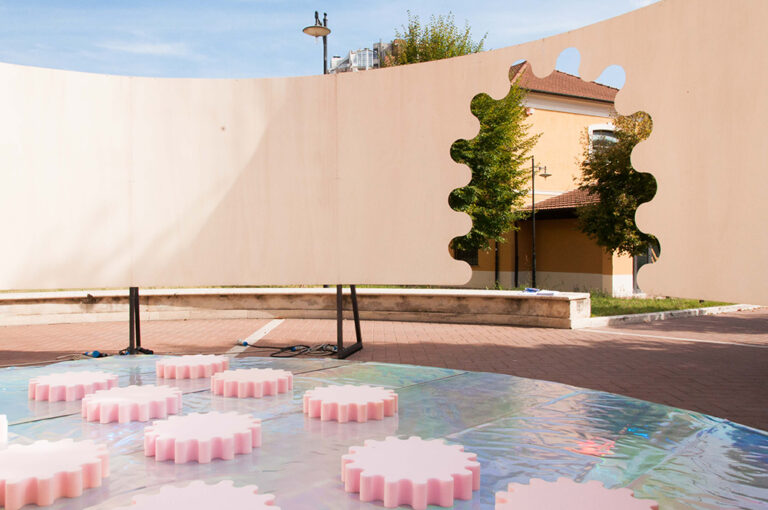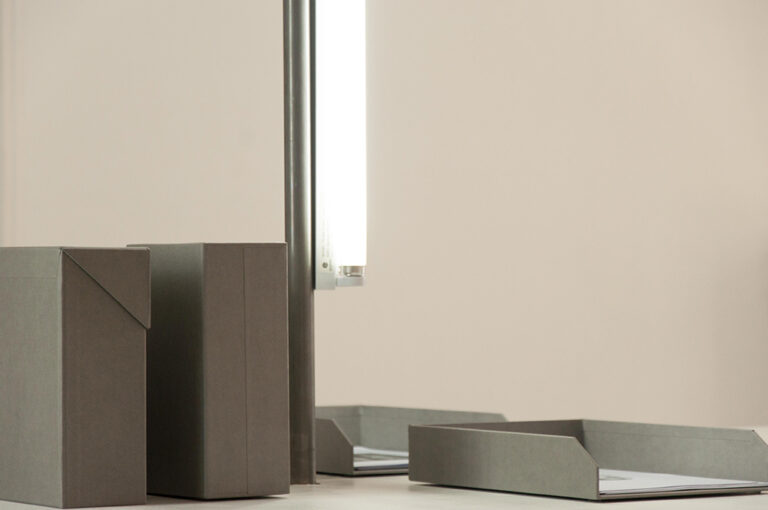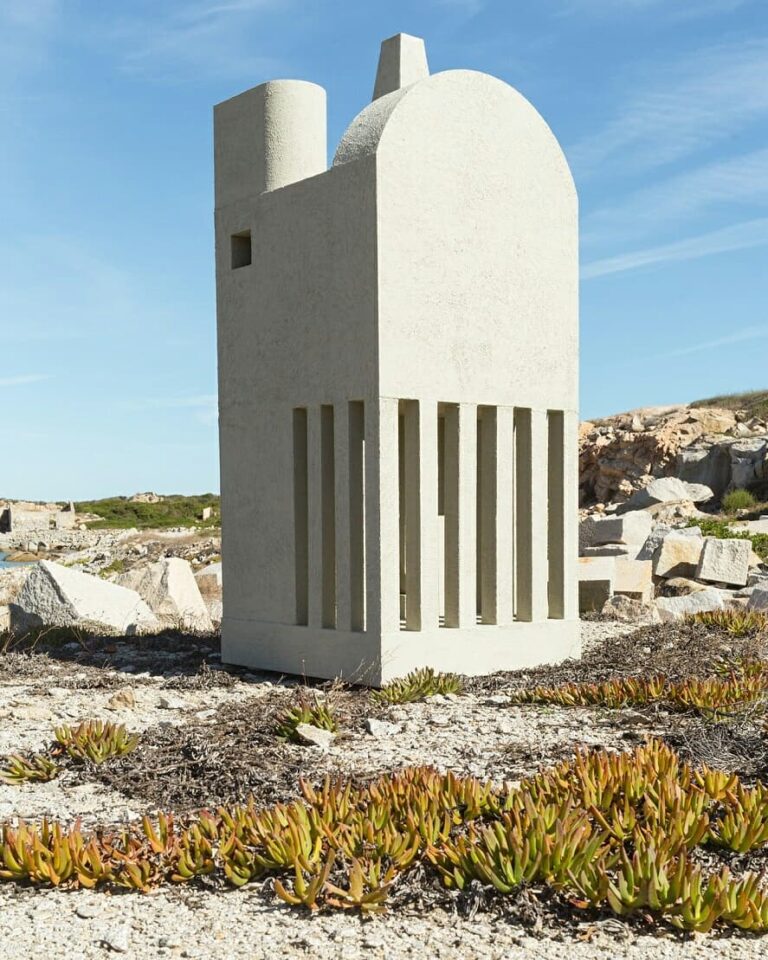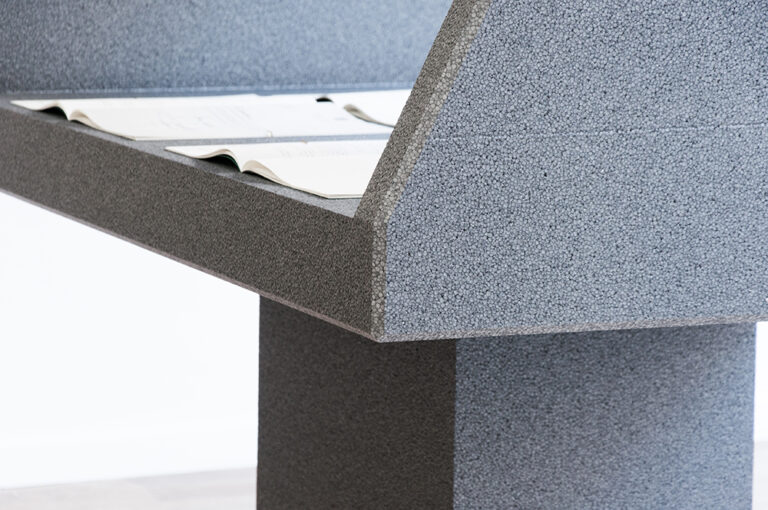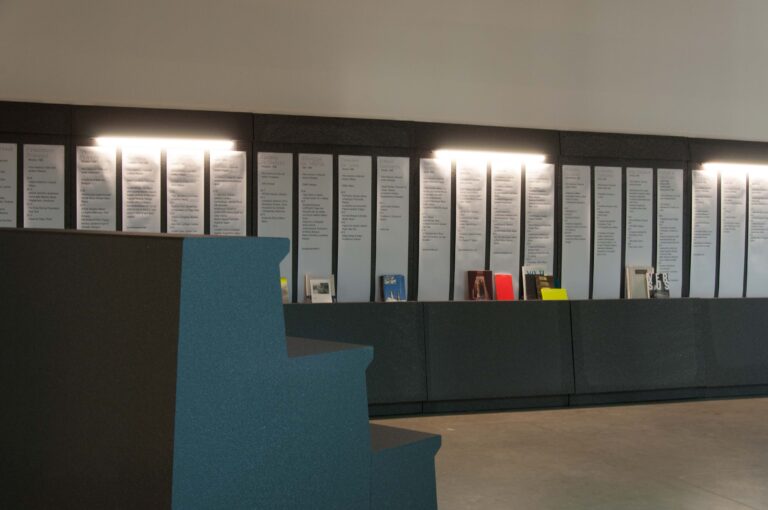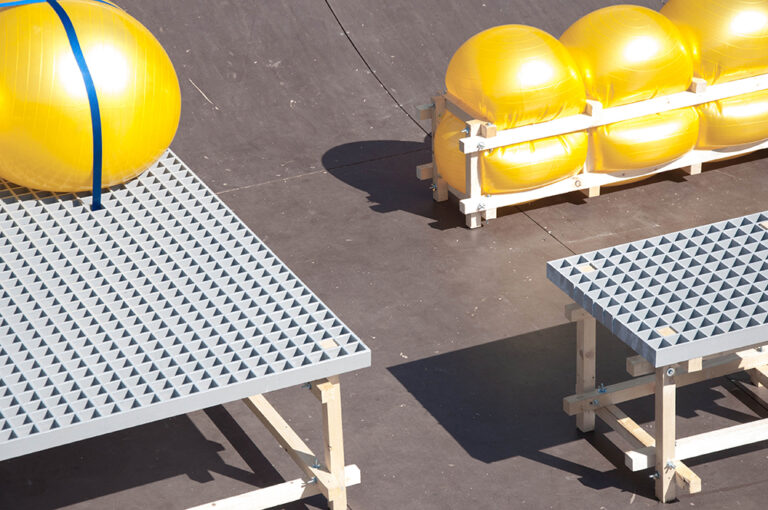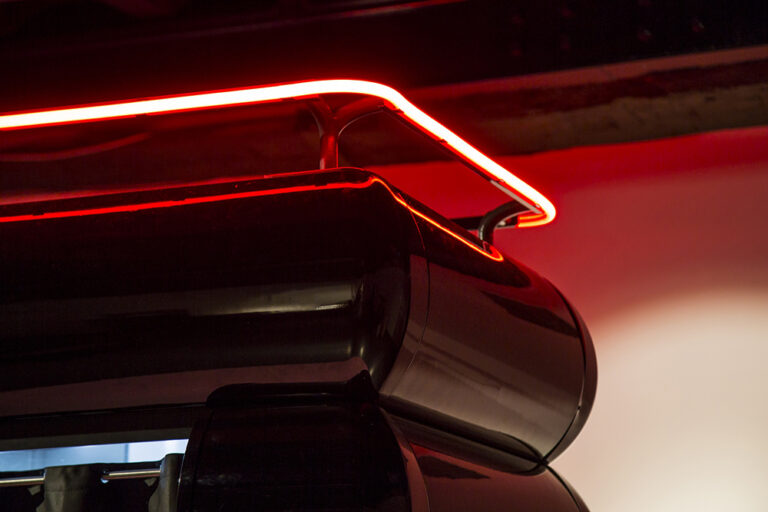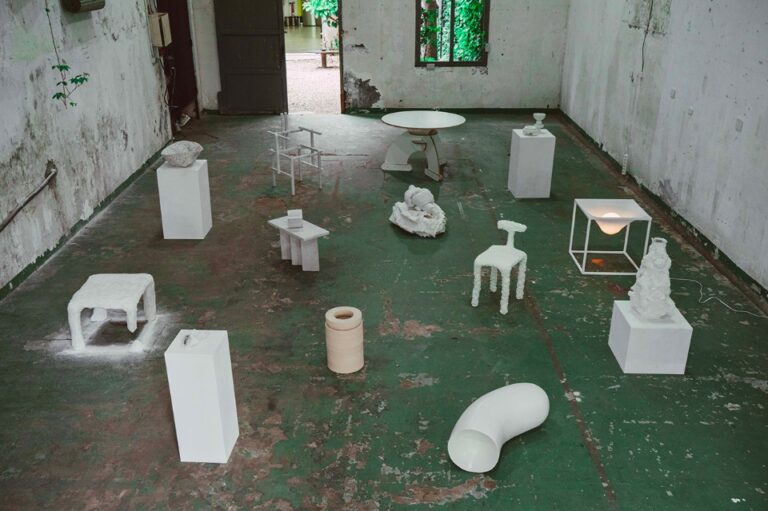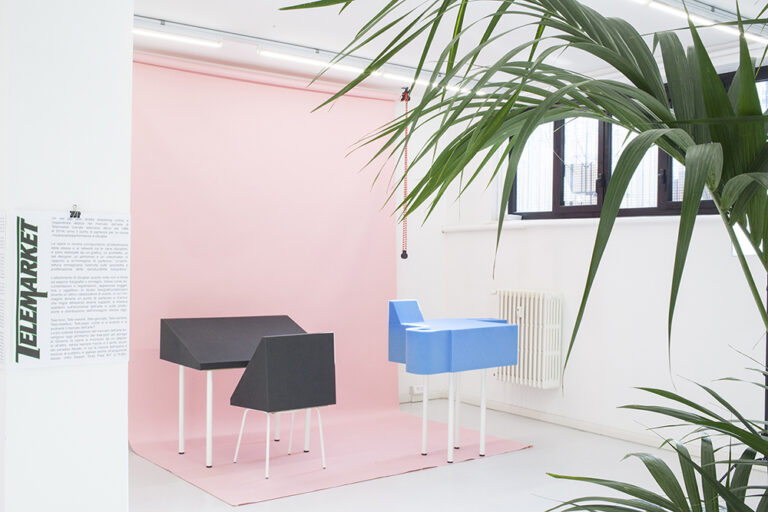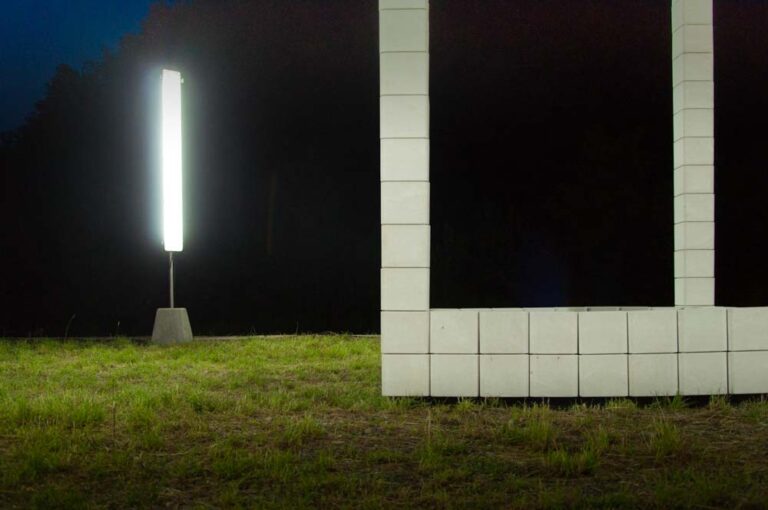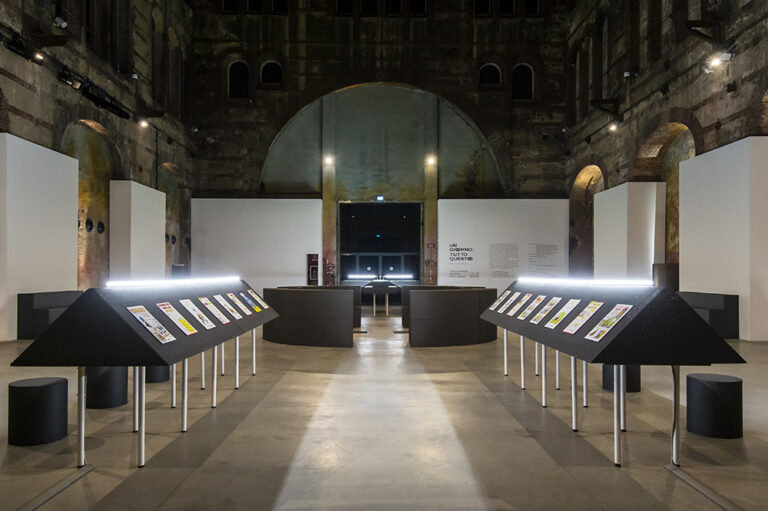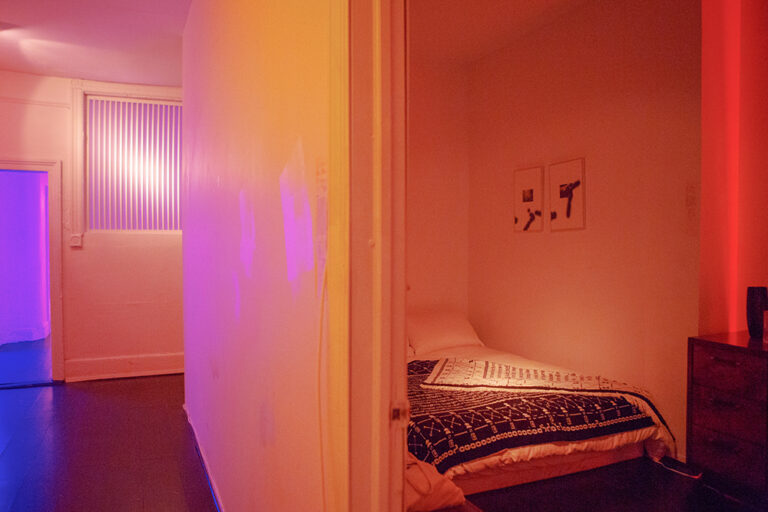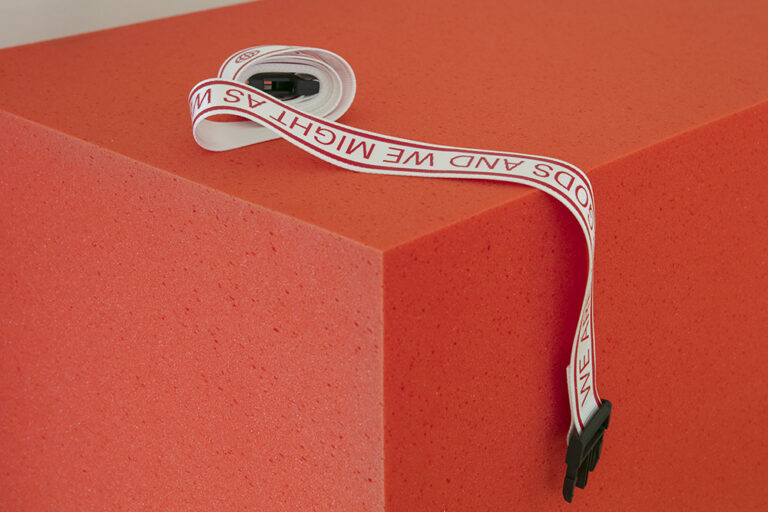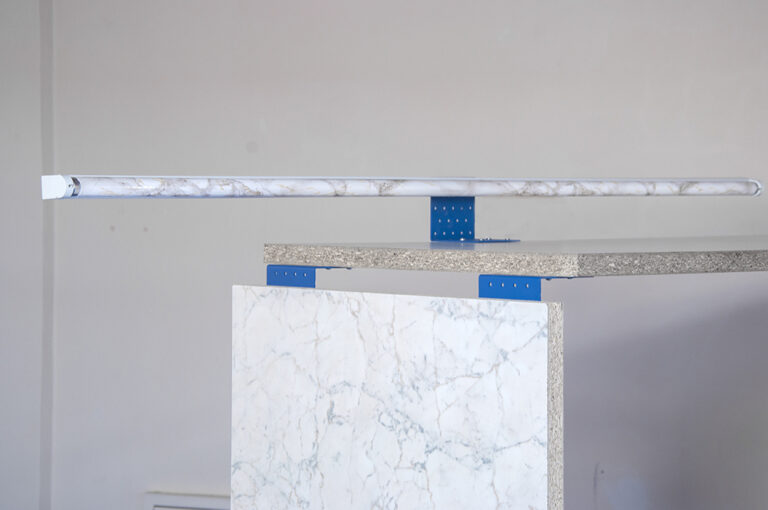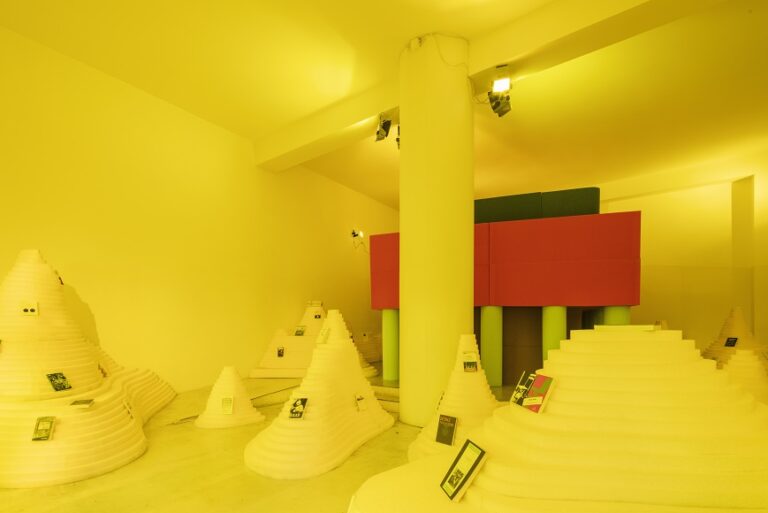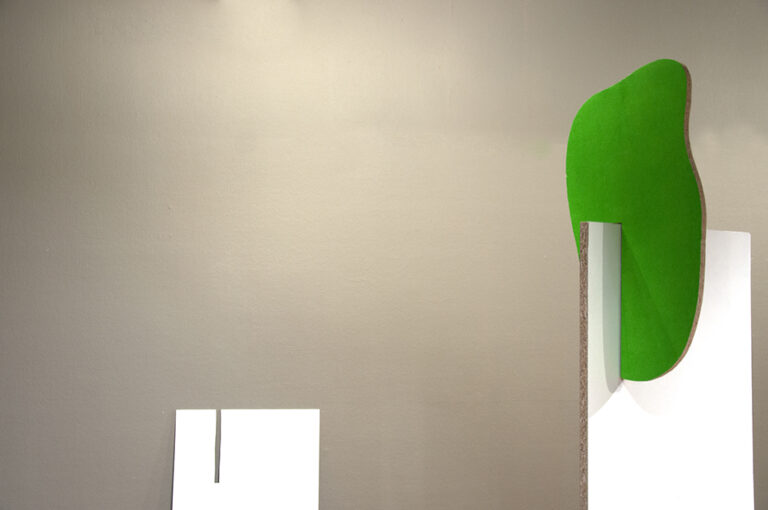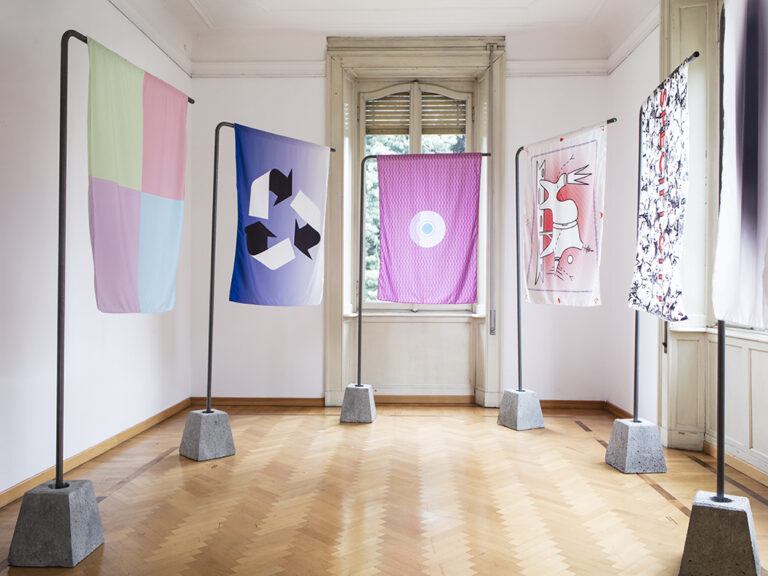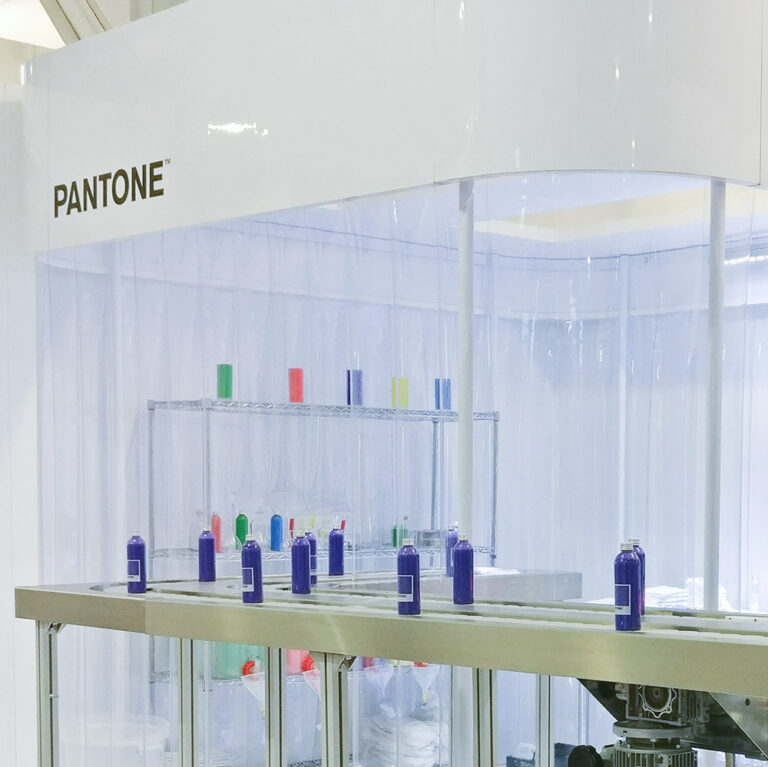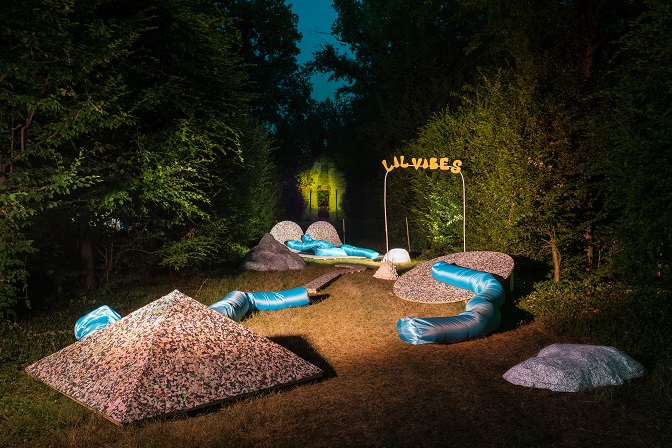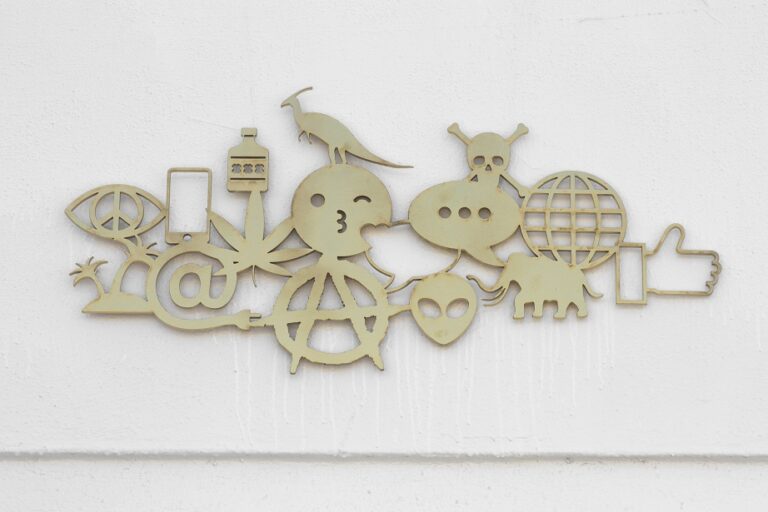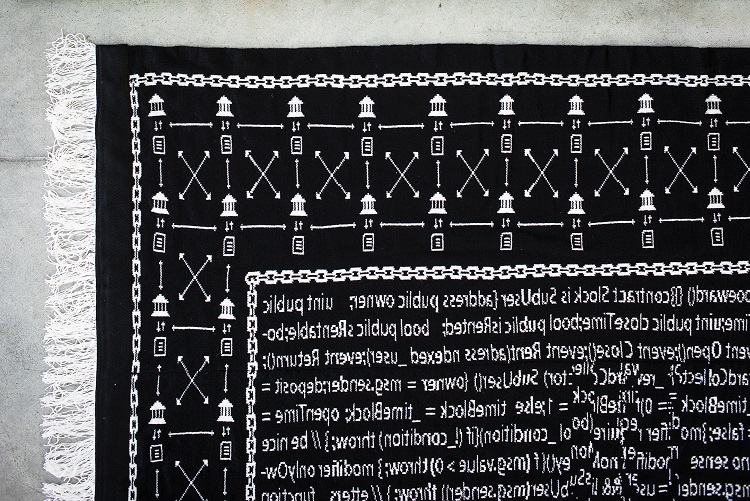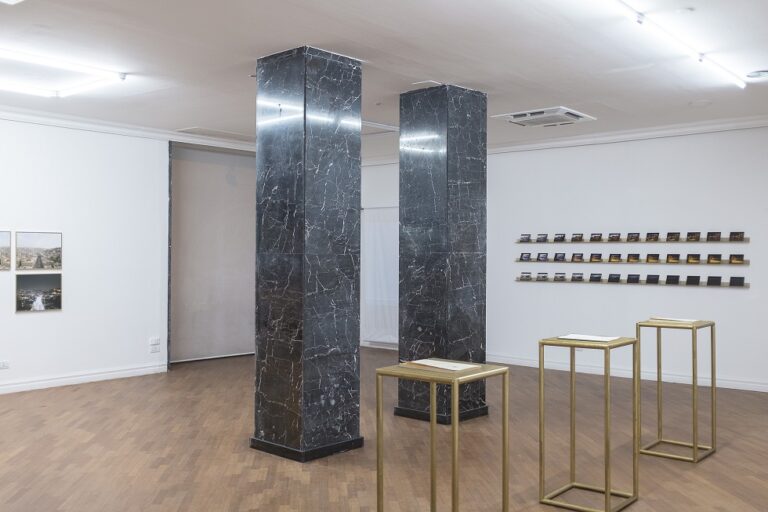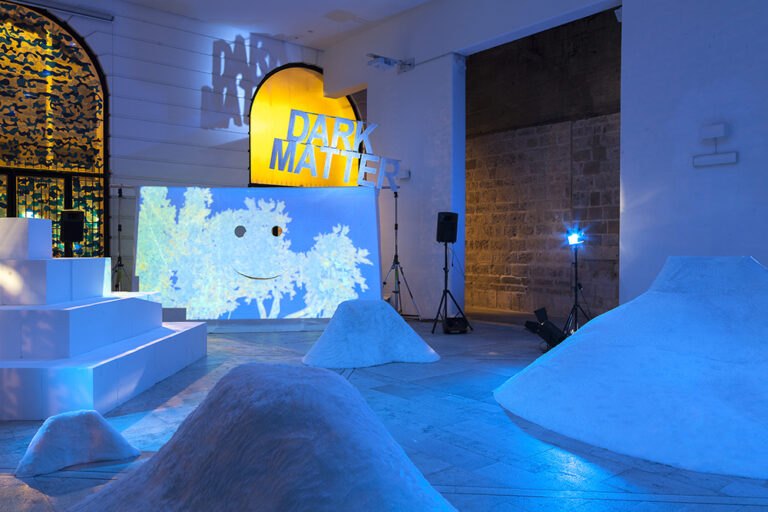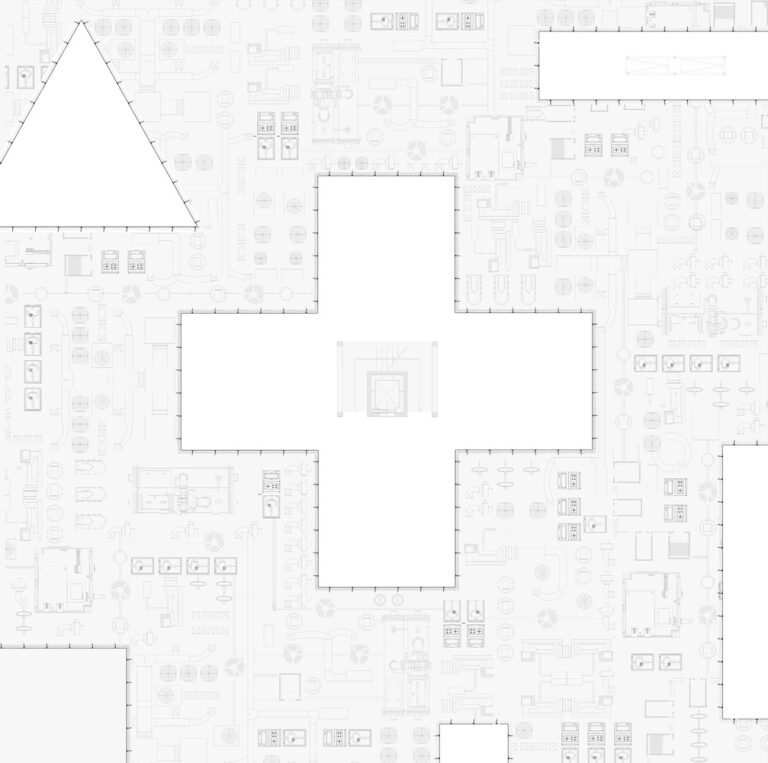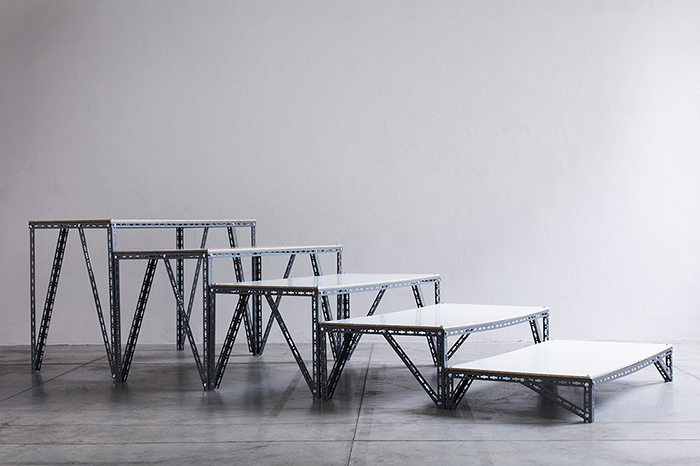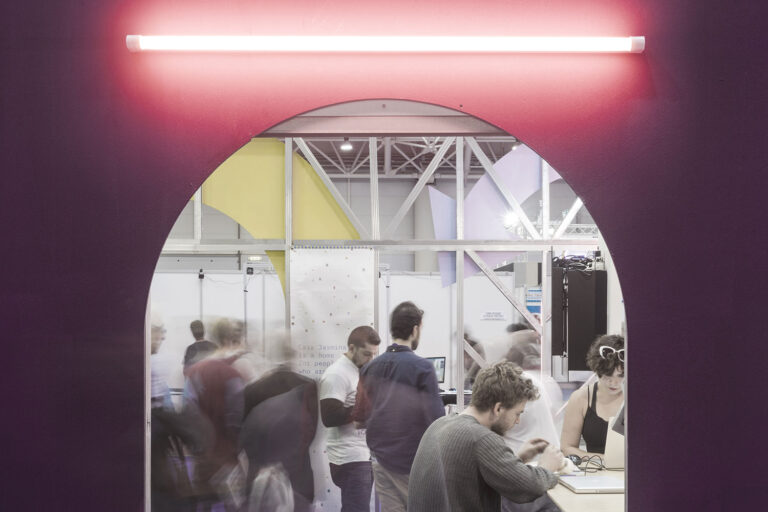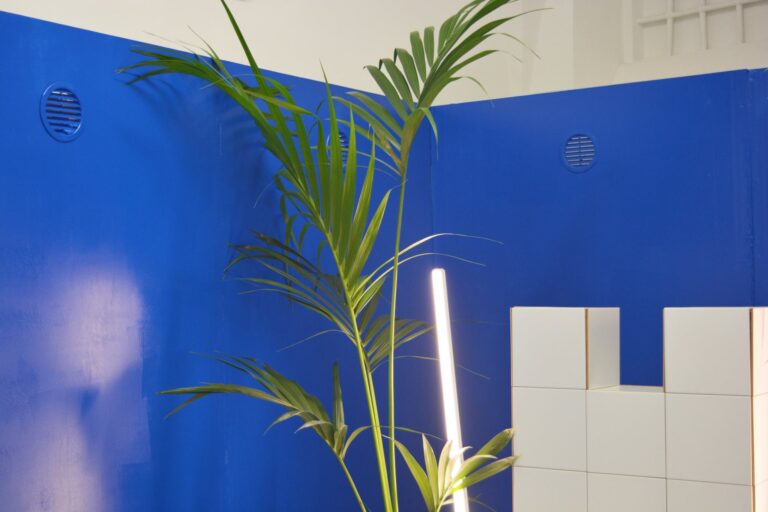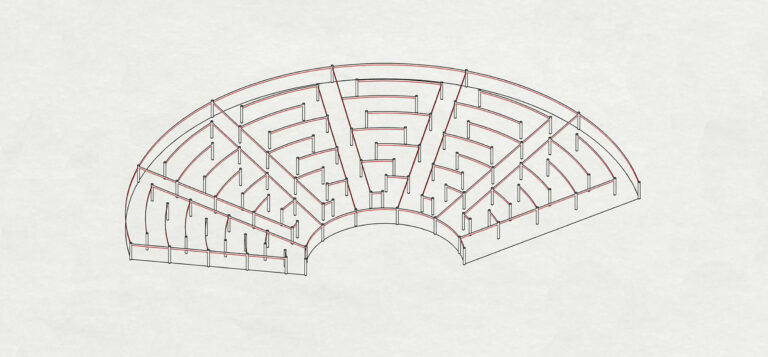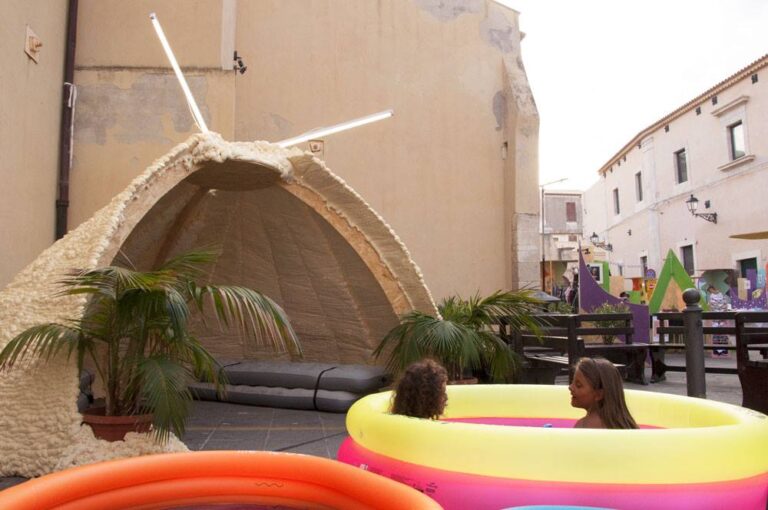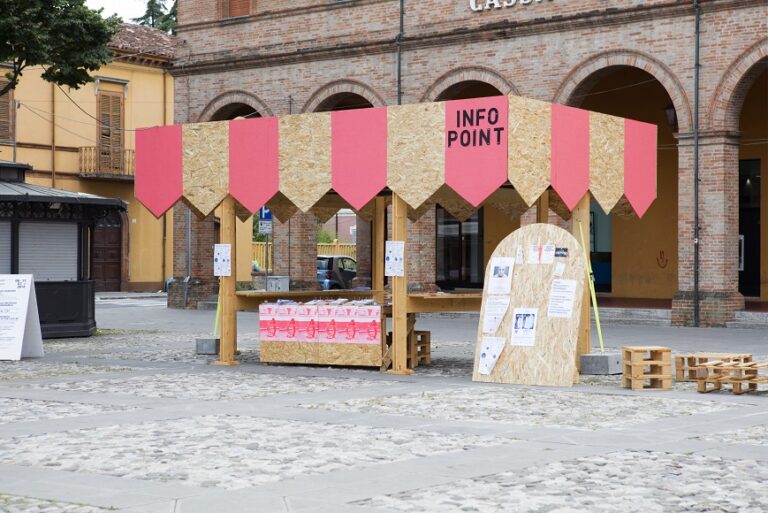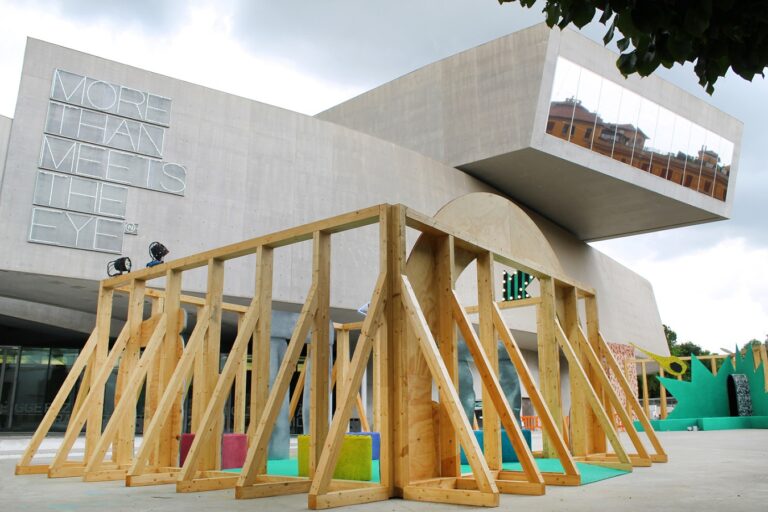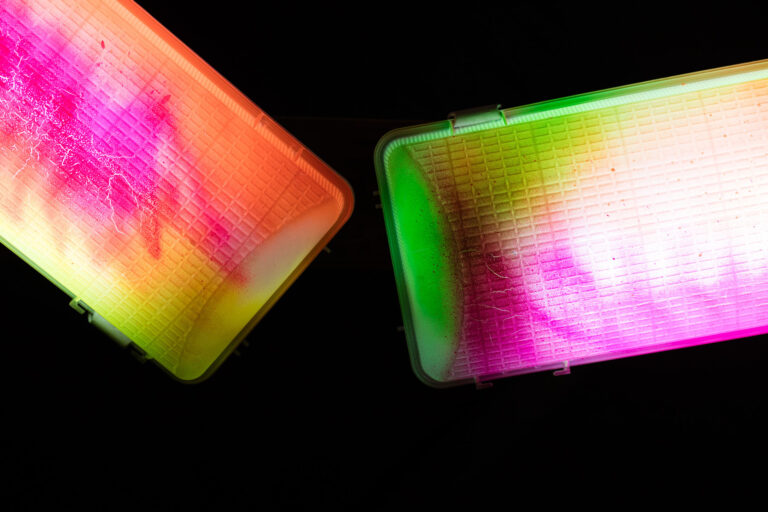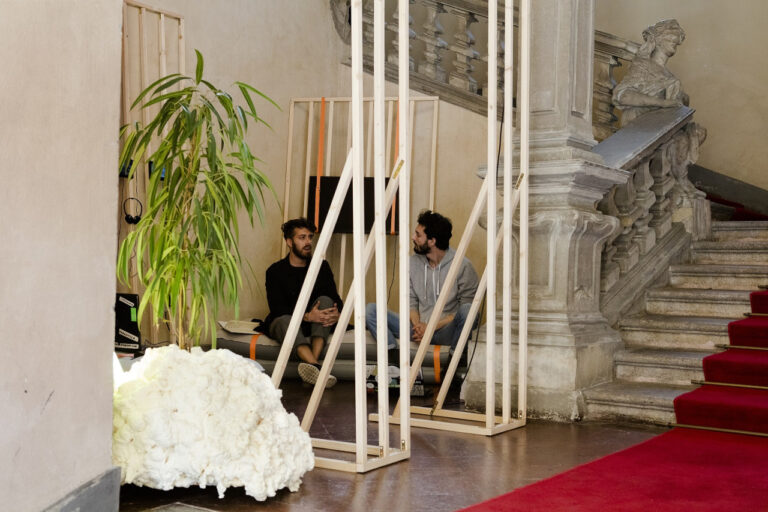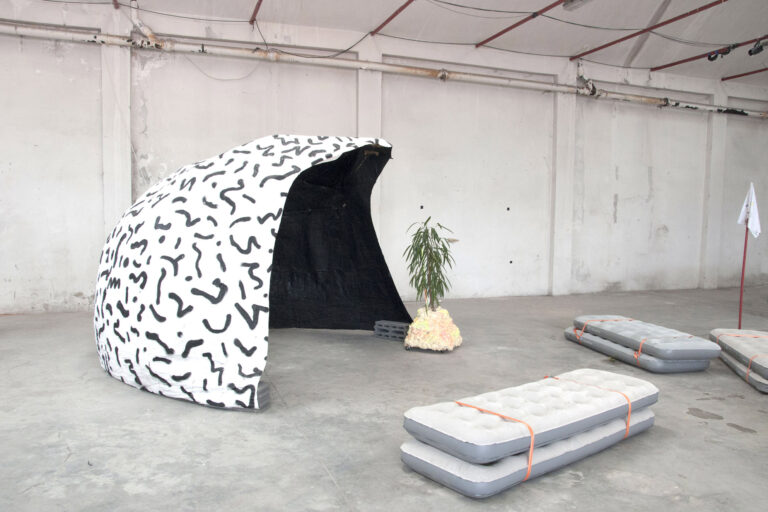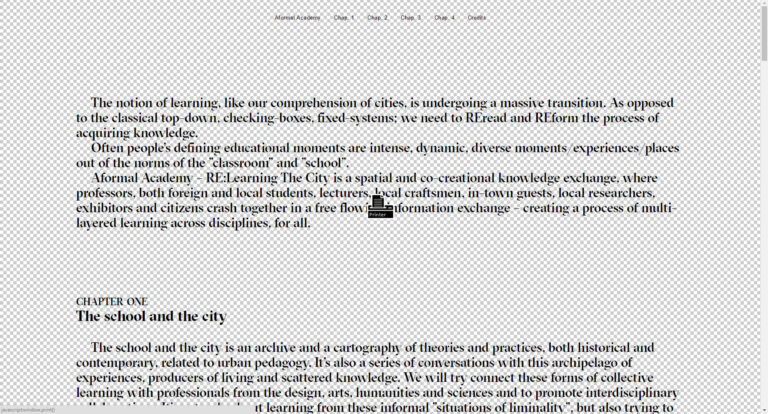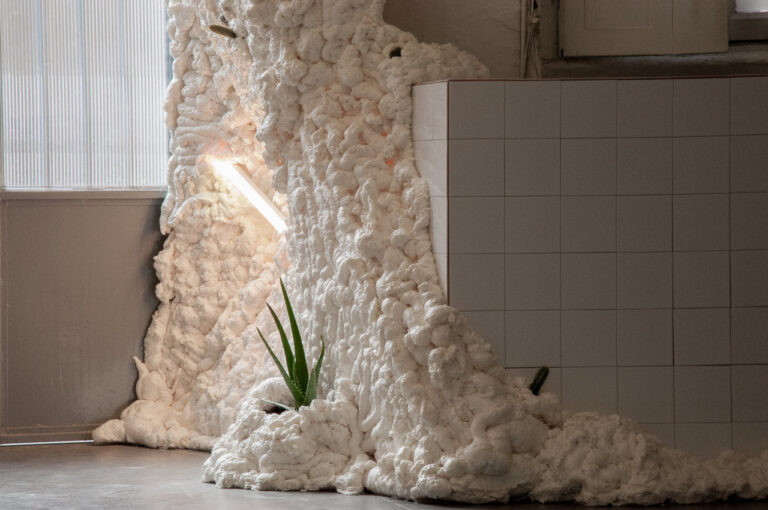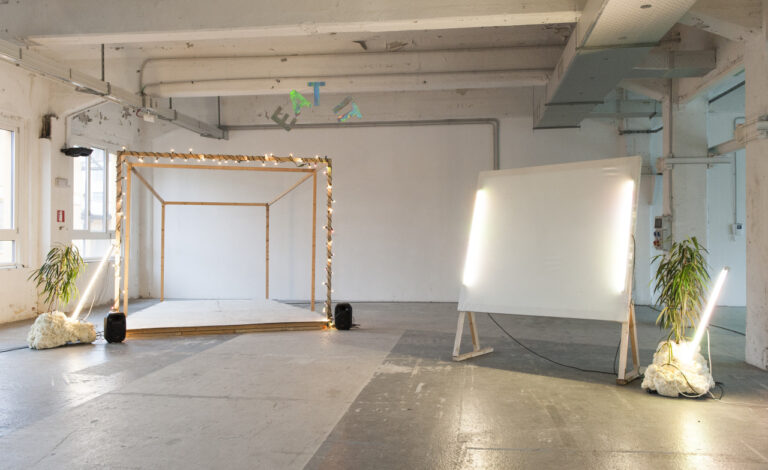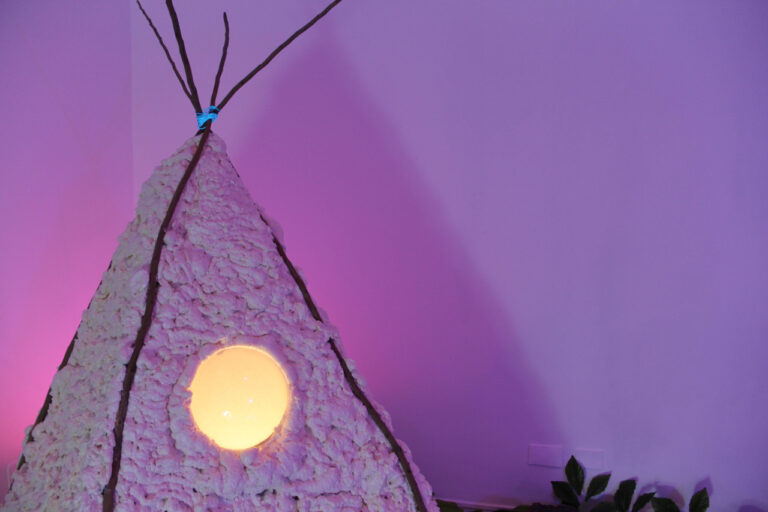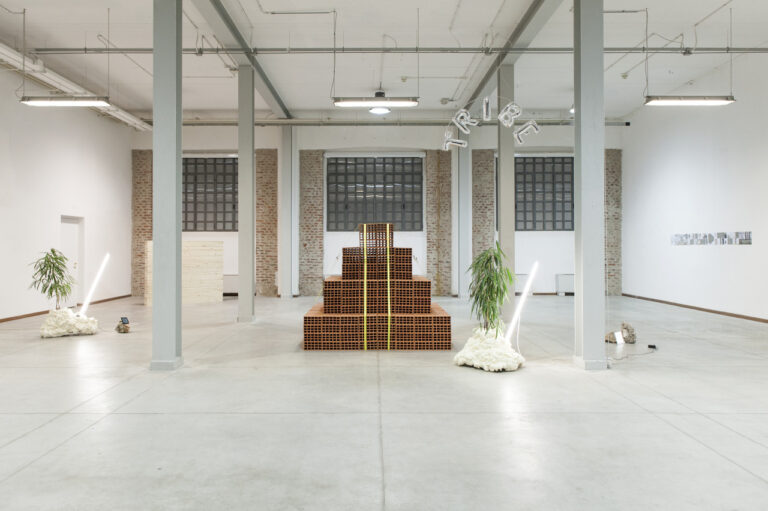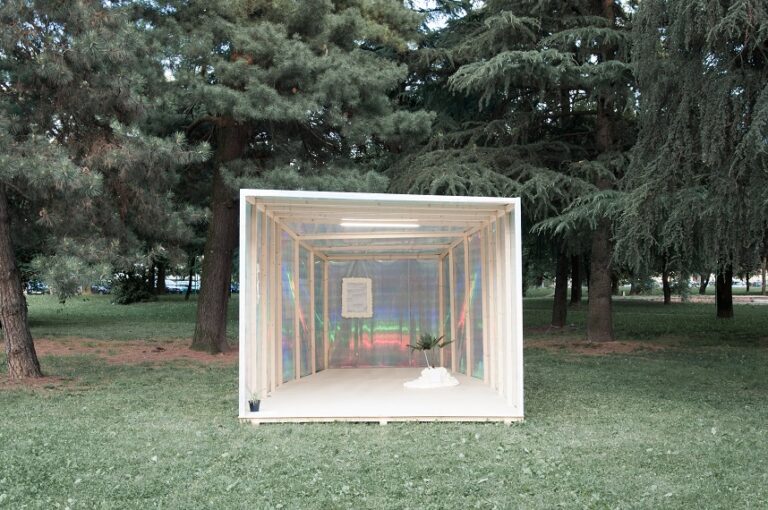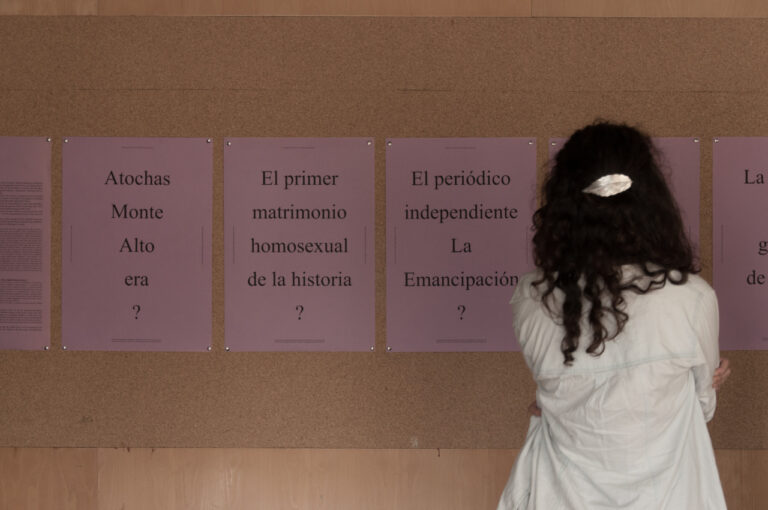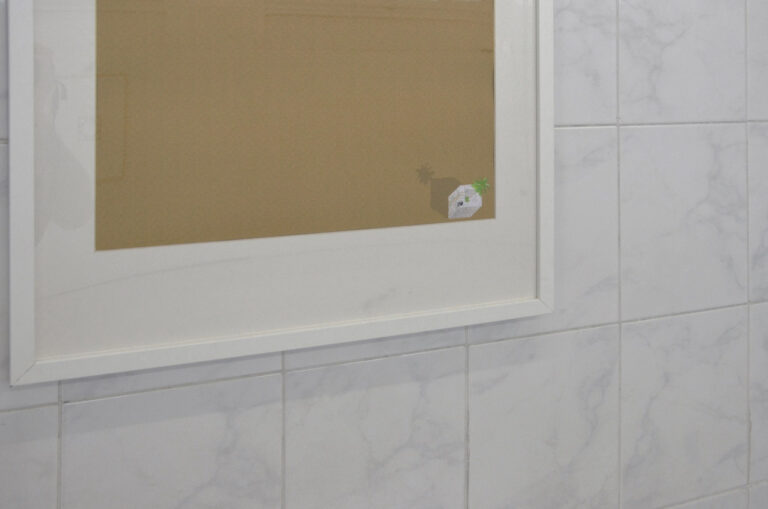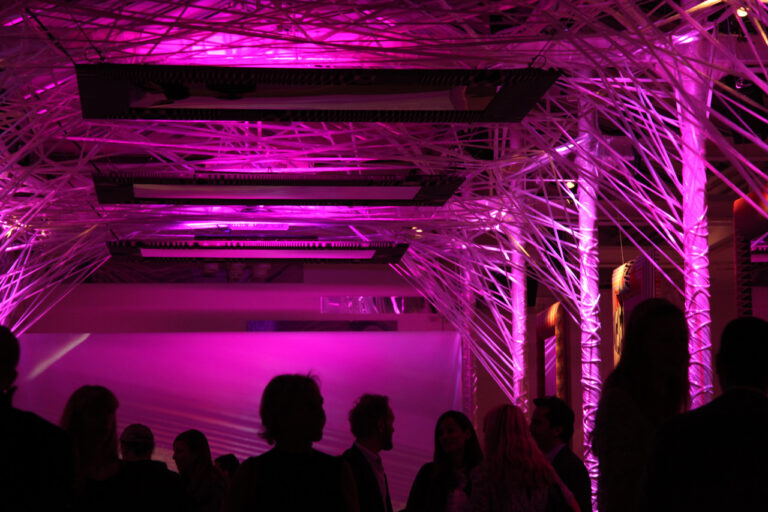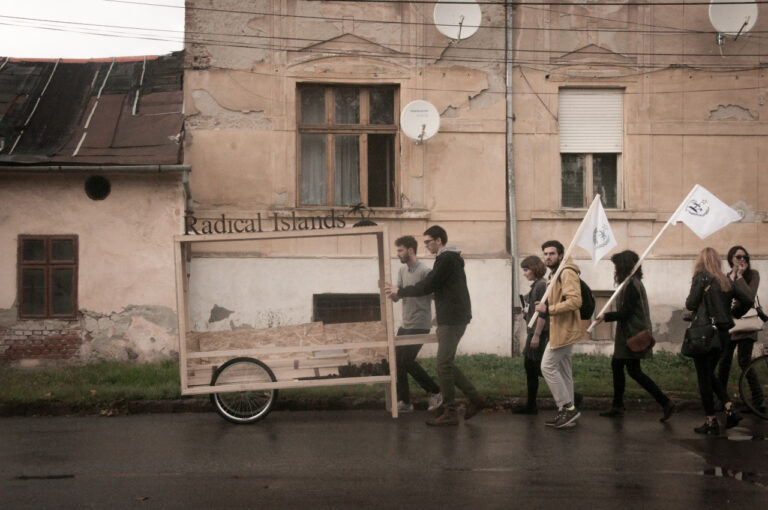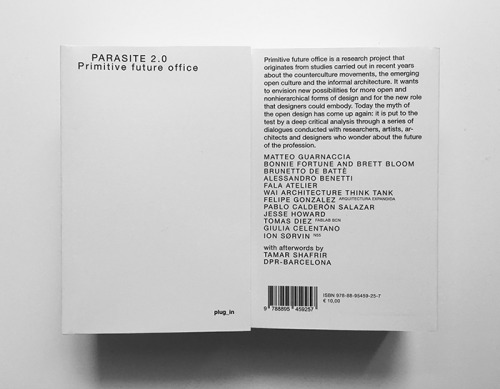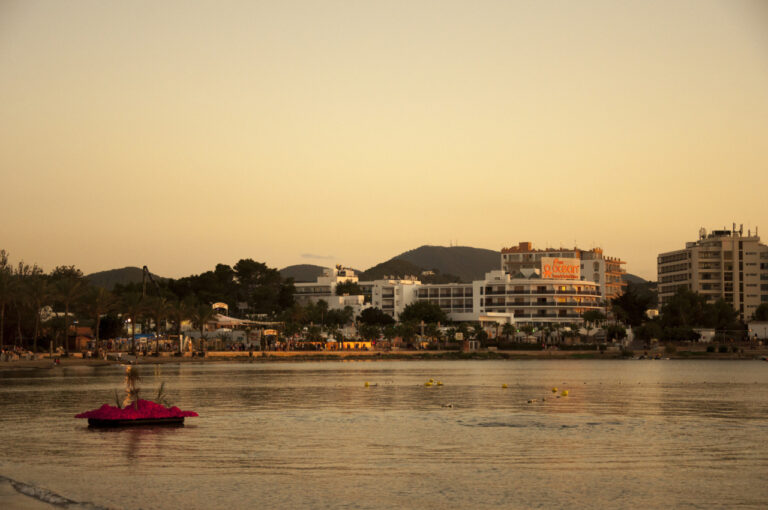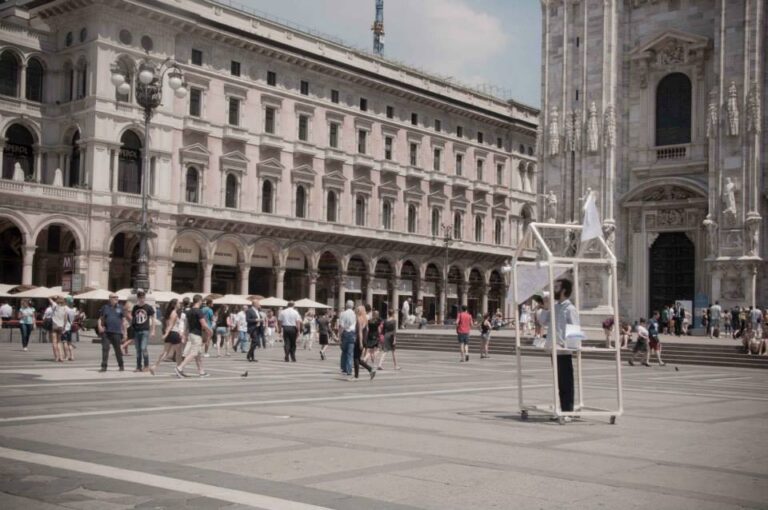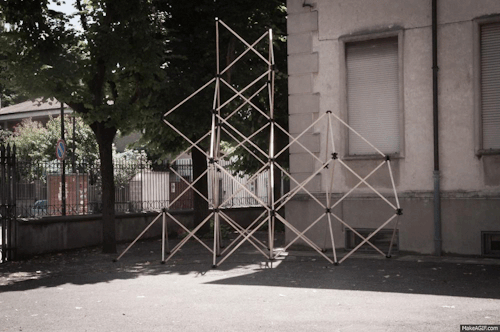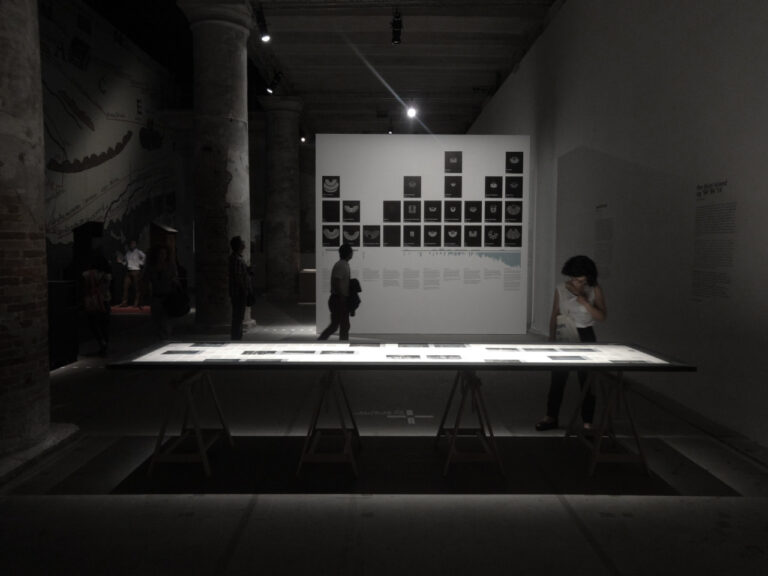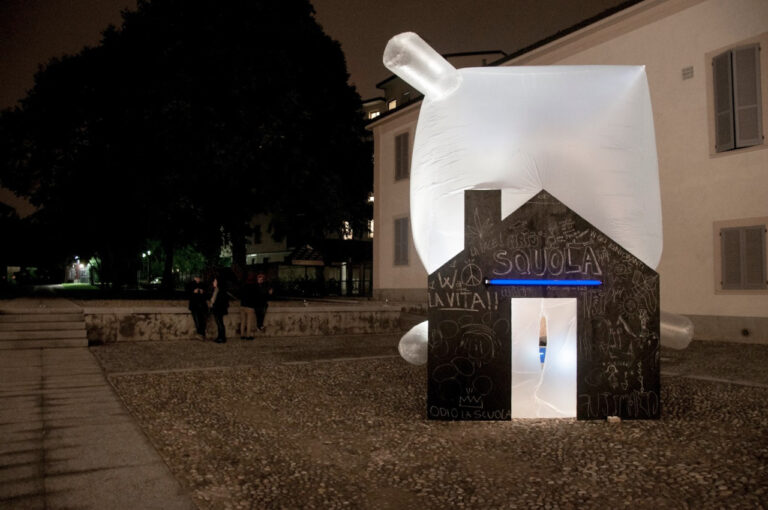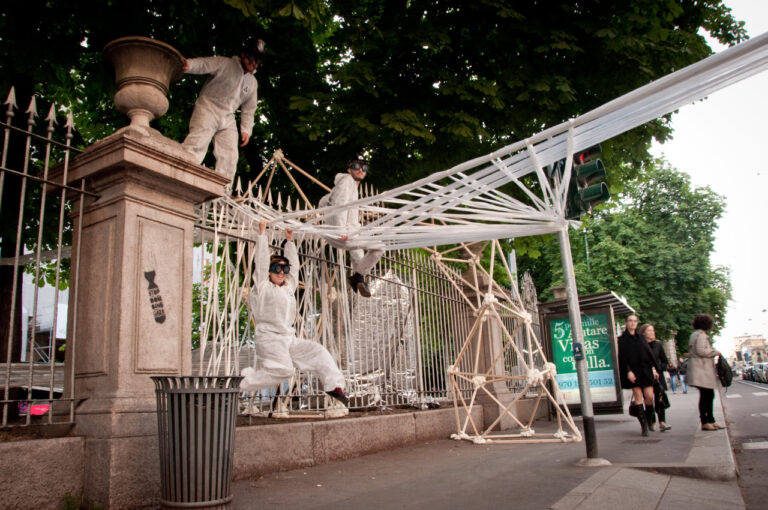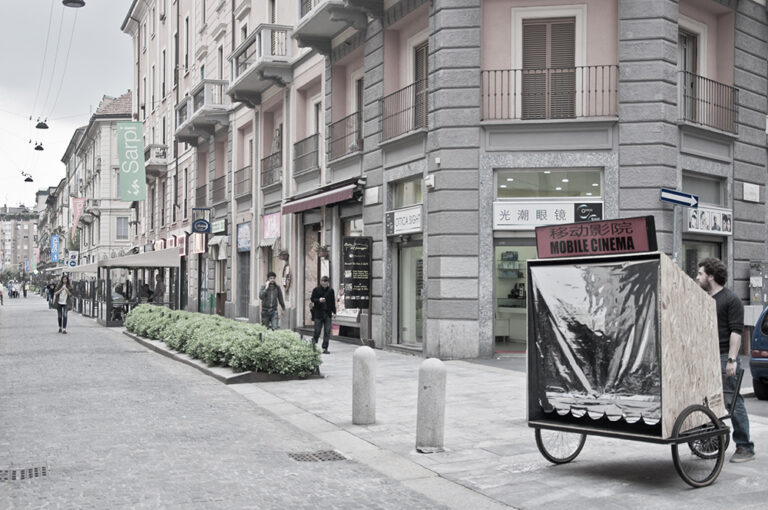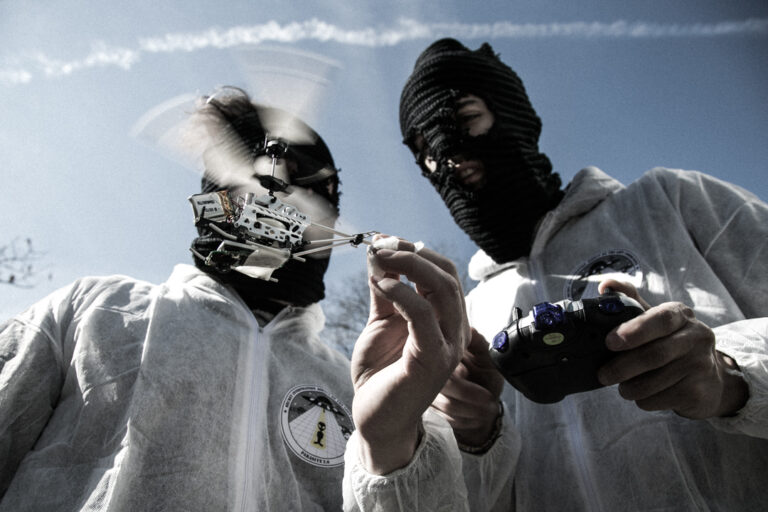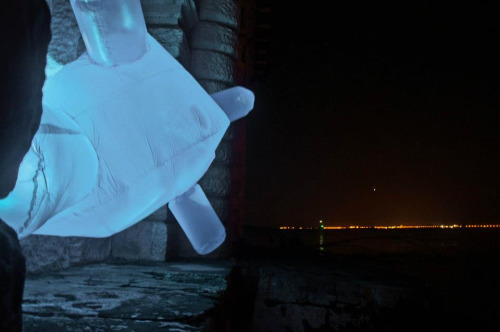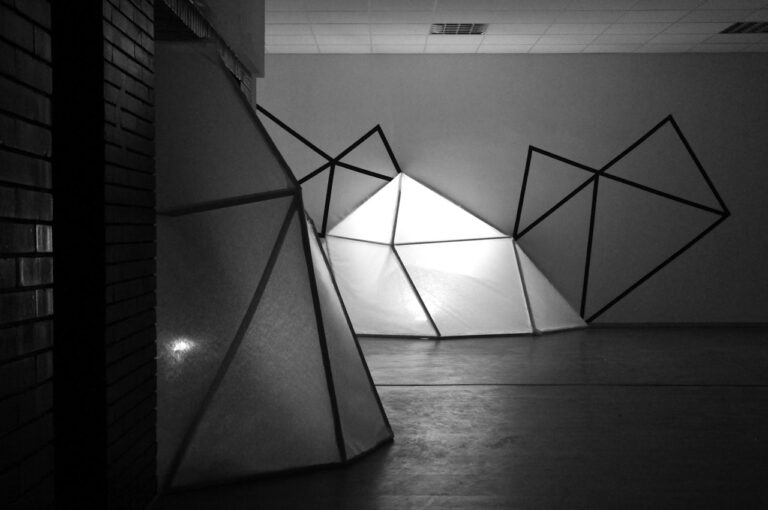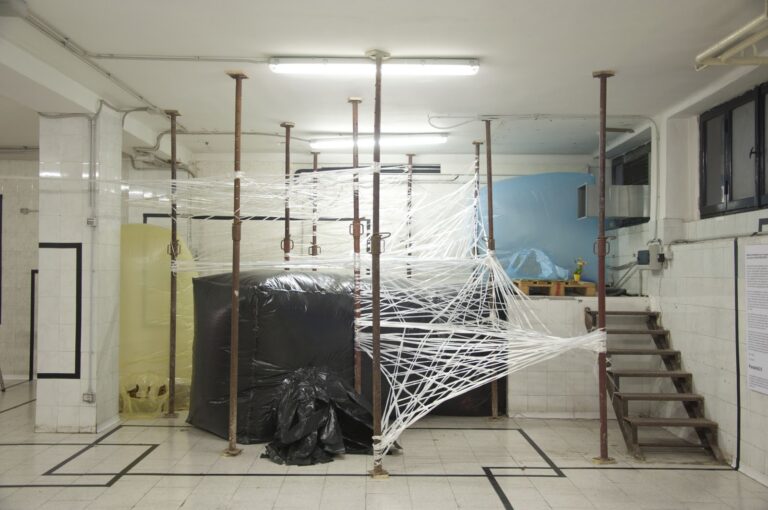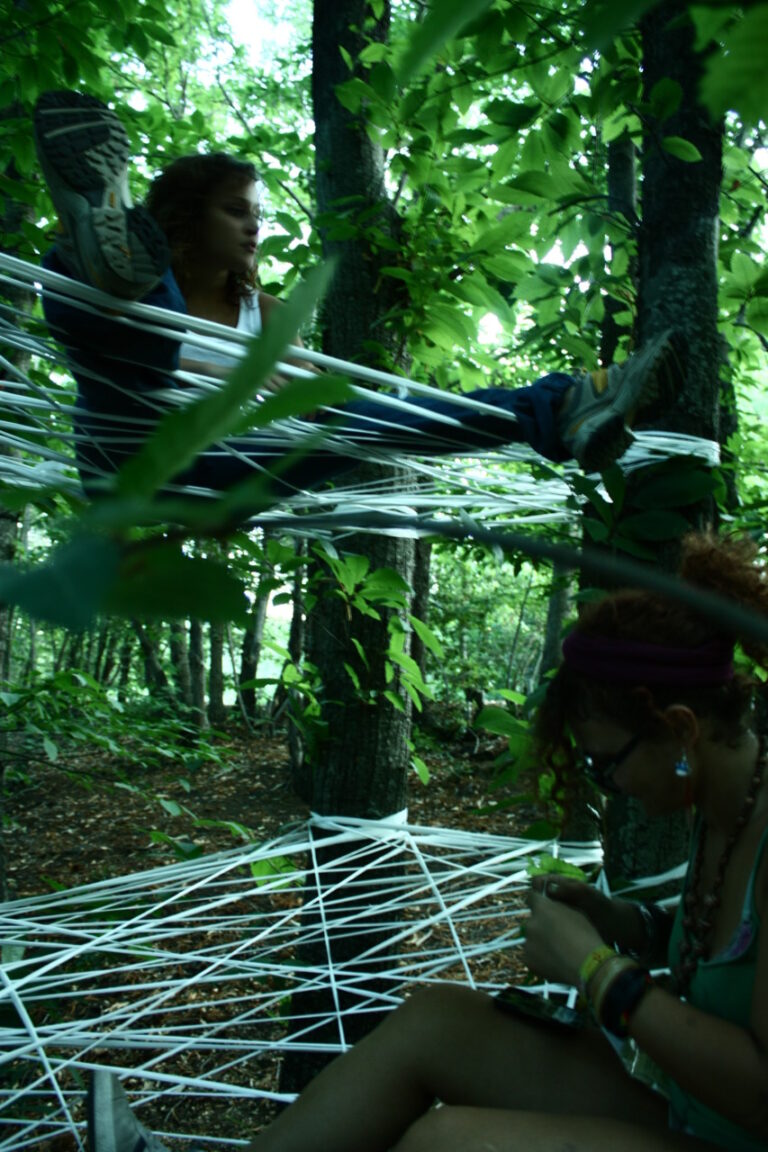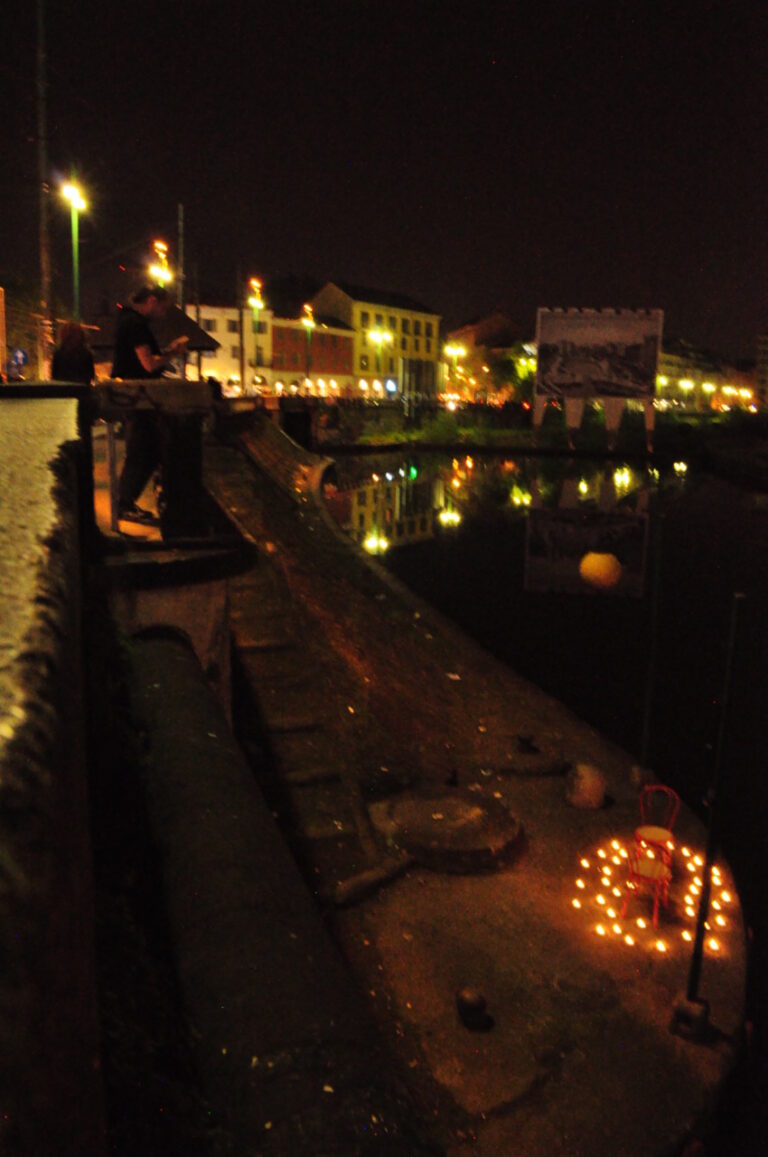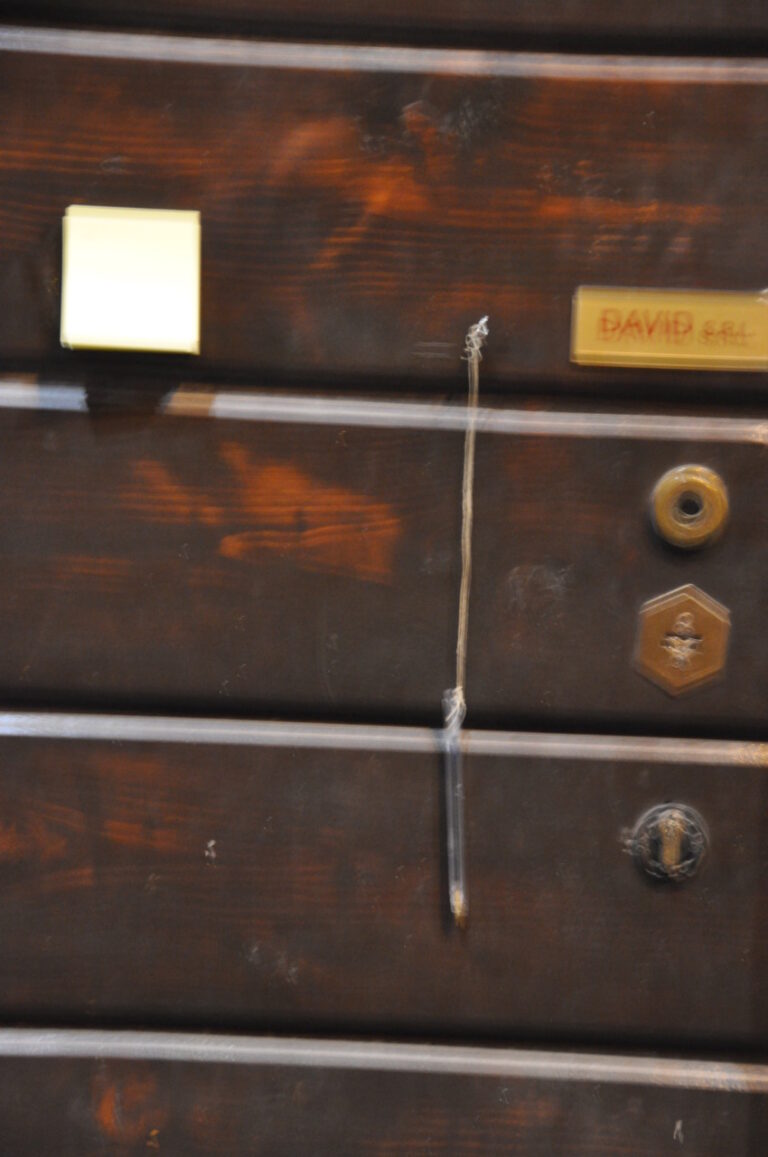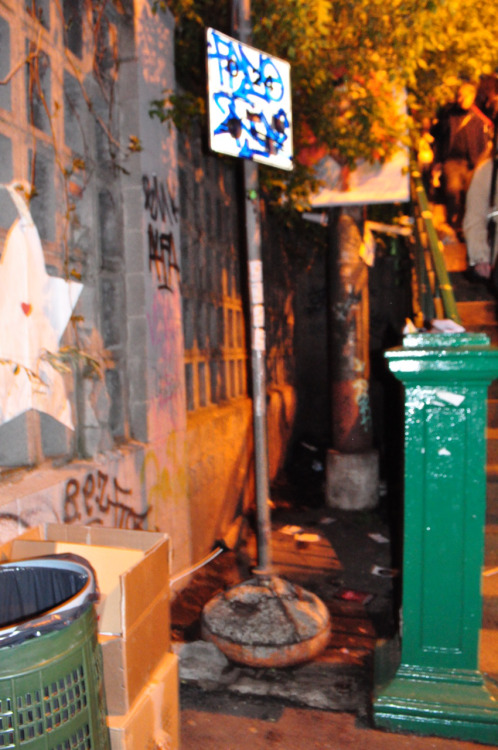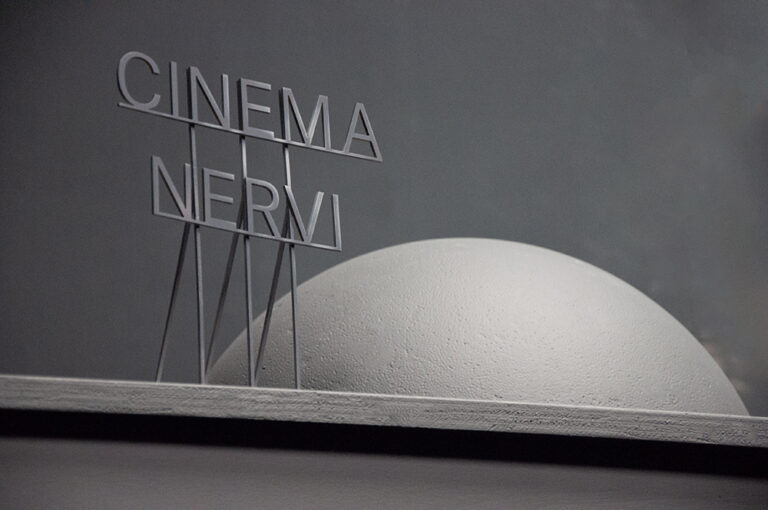- Selected Works —
- Texts —
- Archive —
- About
MAXXI Temporary School: The museum is a school. A school is a battleground.
YAP MAXXI 2016, MAXXI National Museum of XXI Century Arts, from June 21st to October 23th 2016, Rome.
MAXXI Temporary School: The museum is a school. A school is a battleground is the winning project of YAP MAXXI 2016, a competition in collaboration with MoMA / MoMAPS1 of NY, the Constructo association of Santiago de Chile, Istanbul Modern and MMCA Seoul. Since the “Age of Anxiety”, the “Risk Society”, the “New Middle Age” and the more recent “Age of Earthquakes”, today the architect lives in precarious times, difficult to read and to interpret. In some cases, he seems he is not even able to understand this condition insofar as “ he waits for clients to tell them what urban place to ruin next.”The difficulty of building the architectural object, due to the economic condition, has transformed the architect into a competition-machine that only produces numerous projects each year, only good at filling the Dezeen or Archdaily databases, without any proactive contribution to the issues that today should be urgently investigated.
Cases like the Guggenheim Helsinki Design Competition and its incredible number of proposals, tell us of the precarious working condition of the architect who wastes his time, money, and physical and mental resources seeking a victory that is, regrettably, mainly determined by the delirious and fetishist technological and formal “hunting.” Today, one of the most common examples is the competition for a temporary pavilion. Cultural institutions, museums, and administrations every year invest in the realization of these ephemeral structures. Most of the time they represent a waste of economical resources for the umpteenth new aesthetics of an architecture spread through Pinterest, Instagram and Facebook.
If we look at the well-known example of the Serpentine gallery, every year we witness the realization of iconic objects, sanctuaries of the architect itself that designed them. These buildings talk about nothing. They only represent the design idea of the architect, without contributing in any way to the practice from the ethical, social and political point of view. The 2015 Serpentine Gallery pavilion takes to the extreme level this concept becoming “the most Instagram-friendly” architecture. Have we arrived at Instagram Architecture in which the only task of the architect is to create the most unique and upsetting scenography for a one-thousand-likes selfie? First of all the project wants to be a producer of contents and research, with the physical installation as a background, in order to reach a broader goal. The “MAXXI Temporary school” will transform the public square of the museum both into a “temporary school” and in a place for just staying. The pavilion is seen just as the infrastructure/support and not as the most important part of the intervention. We consider the museum as the place in which we can learn, as a pedagogical tool, as a public school for the city. Starting from the main theme of the environmental sustainability, the project will be developed over four months of a cultural program involving different Italian and foreign personalities and excellencies. “The museum is a school” questions the modalities with which today the man and the architect should modify their approach in relation with the acknowledgment of the Anthropocene and with “unique opportunity to revaluate the terms of theory and practice which have been inherited from modernity.” Being aware of living in the era of the ultimate human impact on the earth, brings us to consider the issue of sustainability in a more radical and broader way, thus re-considering the modalities of intervention.
The pavilion follows the concept of being a simple scenography, a background for selfies of the Instagram Architecture. Through a cluster of green elements, that together compose a huge greenscreen installation, and a mobile app, downloadable from the wi-fi connection of the museum, people will able to overlap those elements with pictures of uncontaminated natural environments, producing a reflection on the paradox embodied by the Anthropocene age: the disappearance of the boundary between natural and artificial, the disappearance of the pure nature, reaching a new total hybridization. Through the use of simple structures ( movable thanks to the presence of wheels underneath them) on which the scenery silhouettes are installed together with all the technical parts (video, sound, lights…) useful for the functioning of the same structures, the pavilions will allow the Museum to organize them in different layouts. These big scenery silhouettes will bring the exterior plaza to life, making it liveable and enjoyable. They will represent a series of iconic images belonging to our present and future extreme environmental and climatic conditions.
6 July 2016: Techno-utopia or de-growth and deceleration?
Freddy Grunert, Giuseppe Longhi, Marco Petroni and Tiziana Terranova moderated by Luciana Parisi.
Screening: The Salt of the Earth (Brazil, Italy, France, 2014, col. and b/w, 100’) by Wim Wenders and Juliano Ribeiro Salgado. Curated by Rossella Farinotti.
13 July 2016: Artificial Nature!
Leonardo Caffo, Giacomo Certini, Cristian Fuschetto and Riccardo Scalenghe moderated by Silvia Franceschini.
Screenings: Petite Histoire des plateaux abbandonnès by Rä di Martino (2011/2014)
Arsa_Restoring the world by Giorgia Severi (2013). Curated by Rossella Farinotti.
20 July 2016: Rethinking anthropization
Alessandro Bava, Pedro Gadanho, Liam Young moderated by Tamar Shafrir.
Screening: The Revenant (USA, 2015, col., 156′) by Alejandro González Iñárritu. Curated by Rossella Farinotti.
App by Alessio D’Ellena, Danilo Di Cuia and Silvio Lorusso
Video by Bolleria Industrial
Collaborators: Matteo Bassi
Ph. Francesco Stelitano and Cecilia Forenza




























